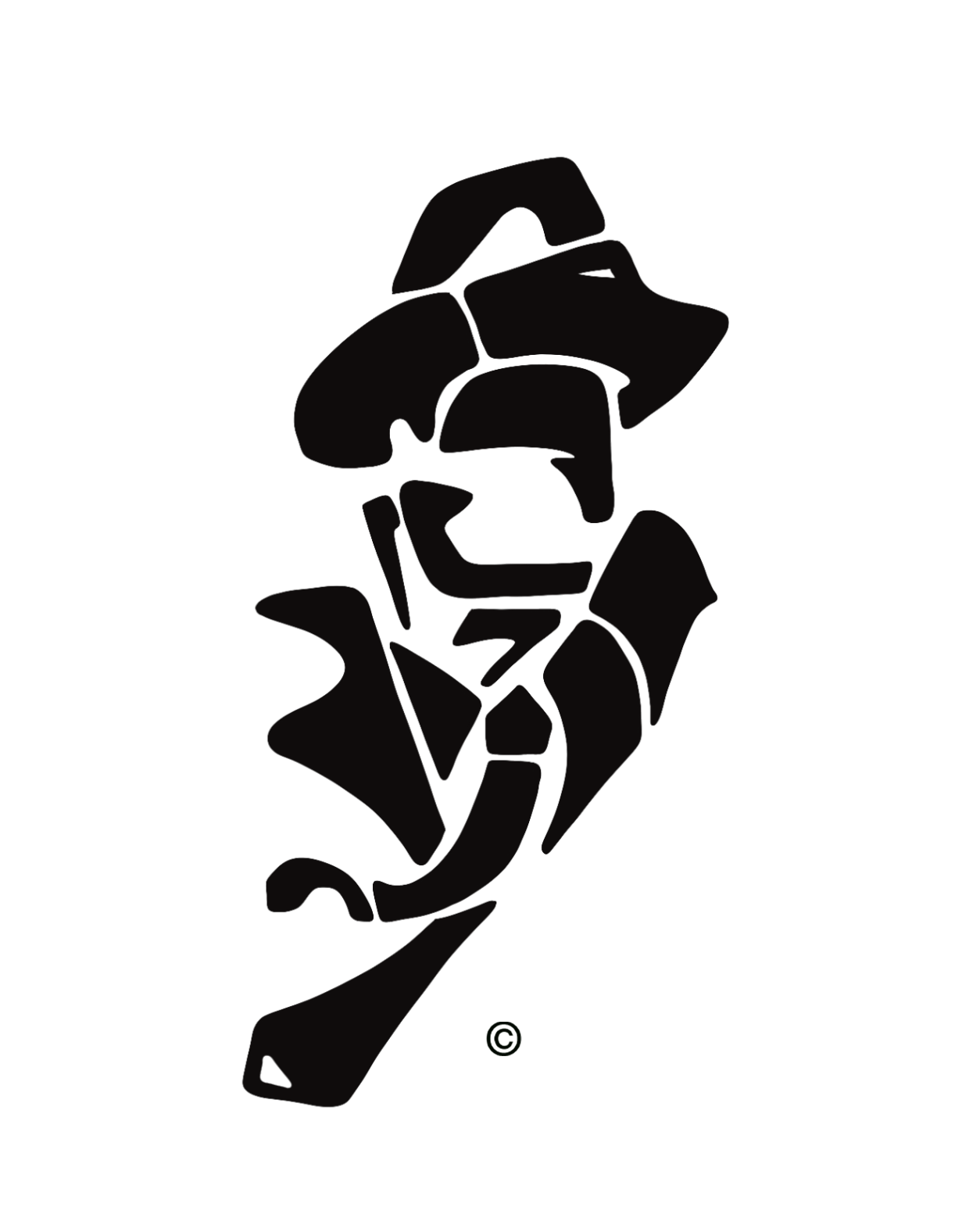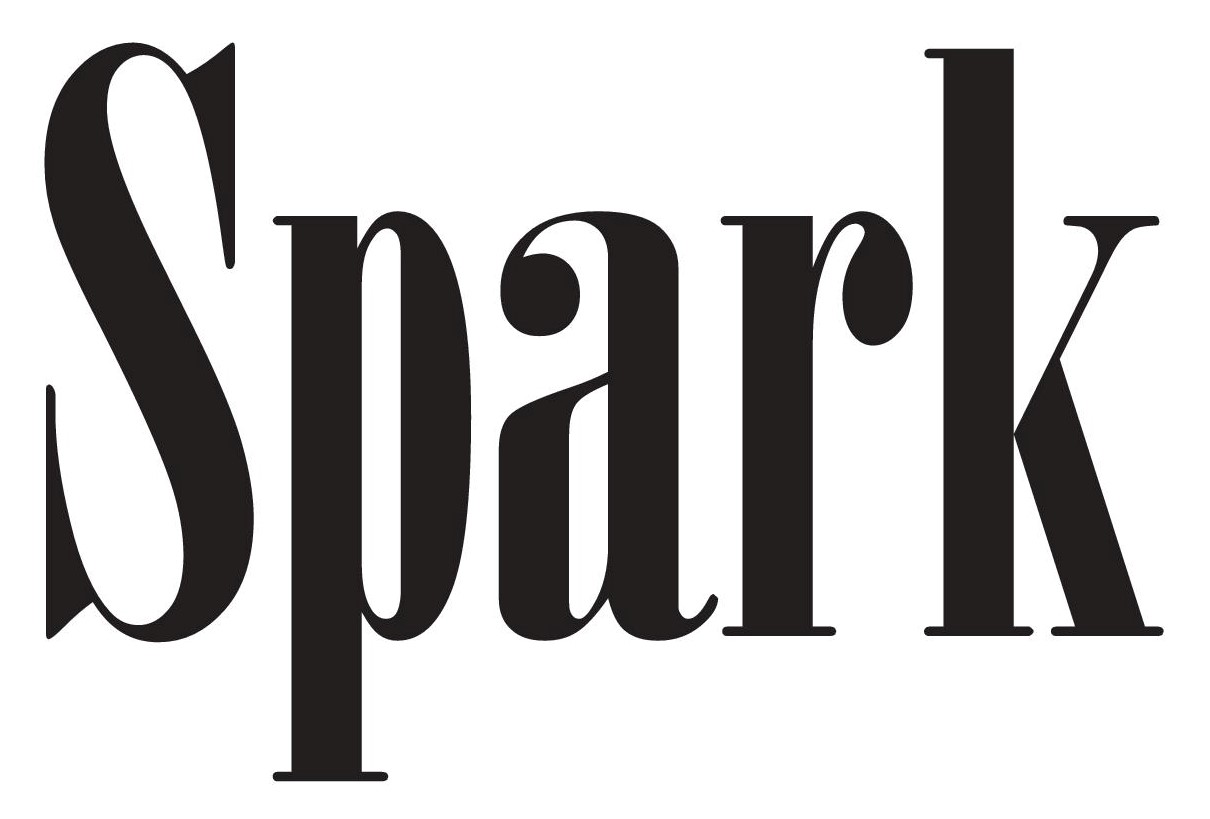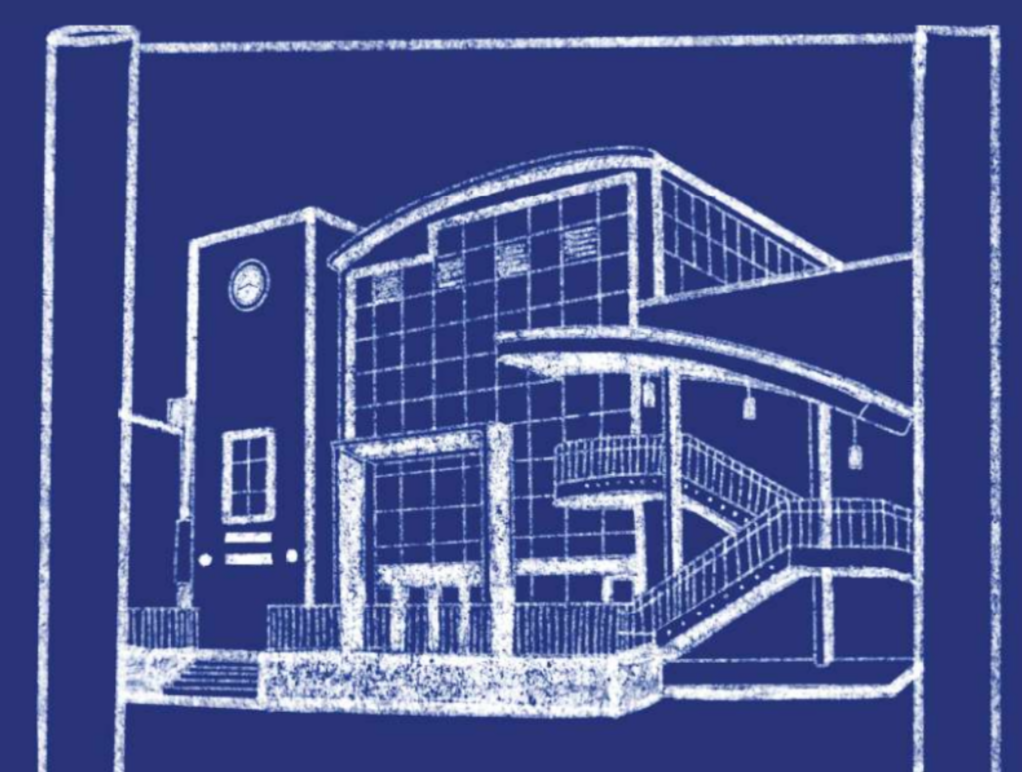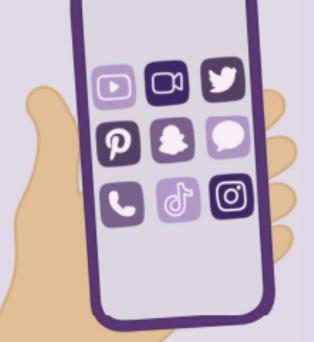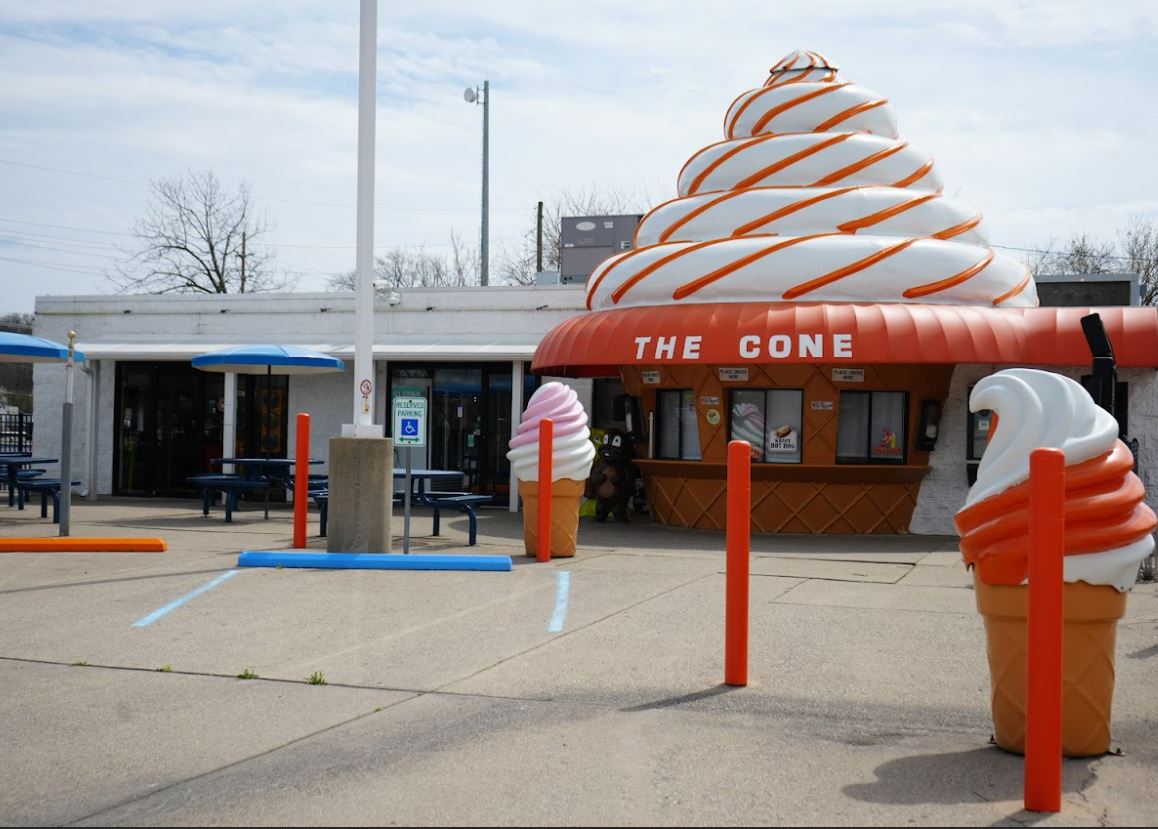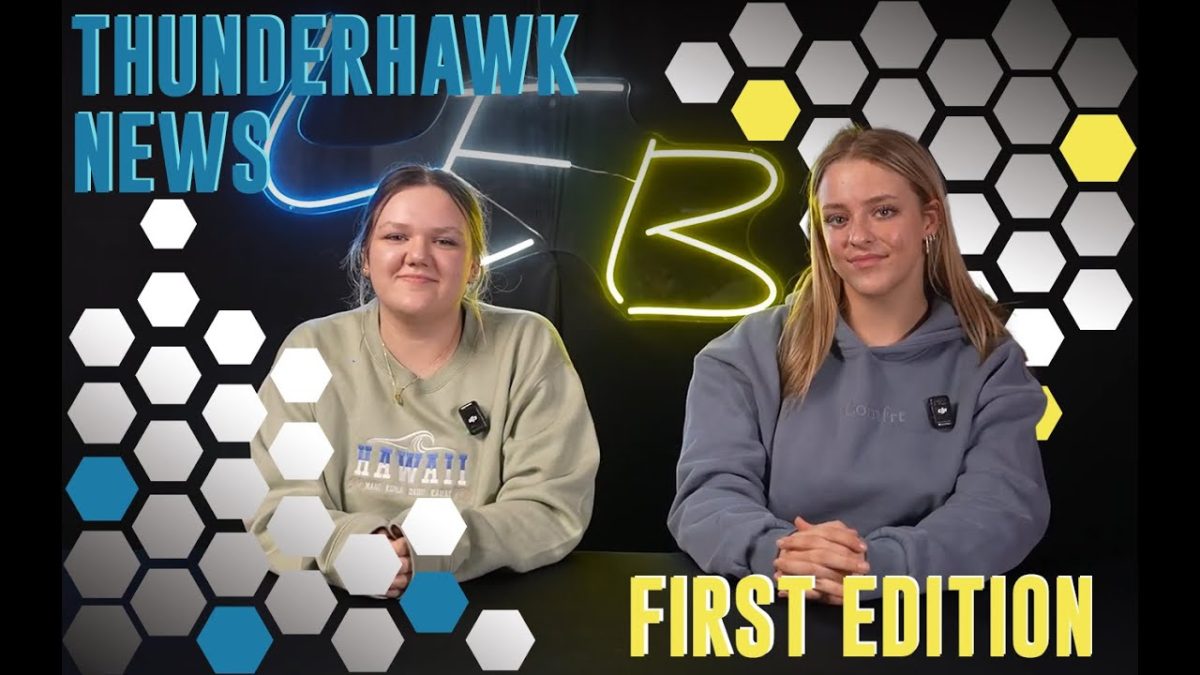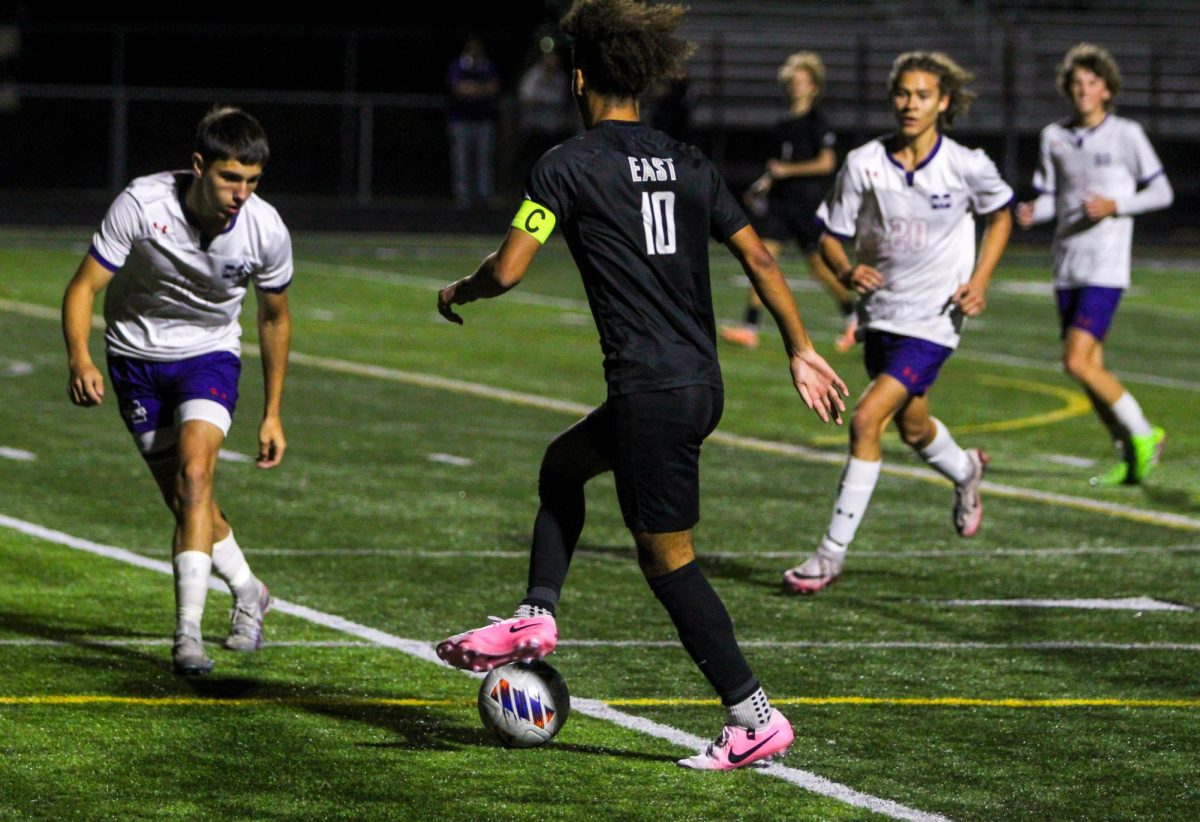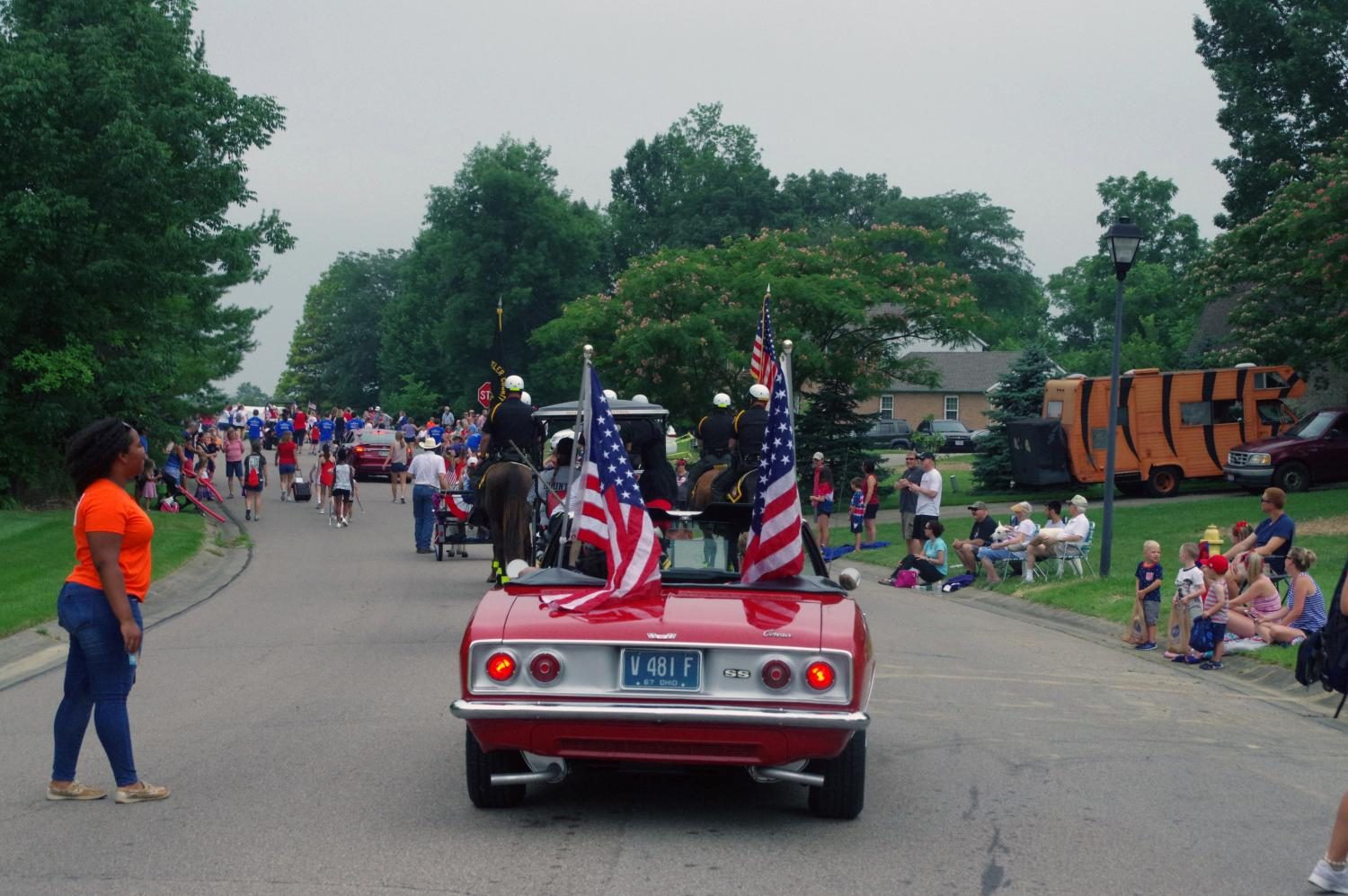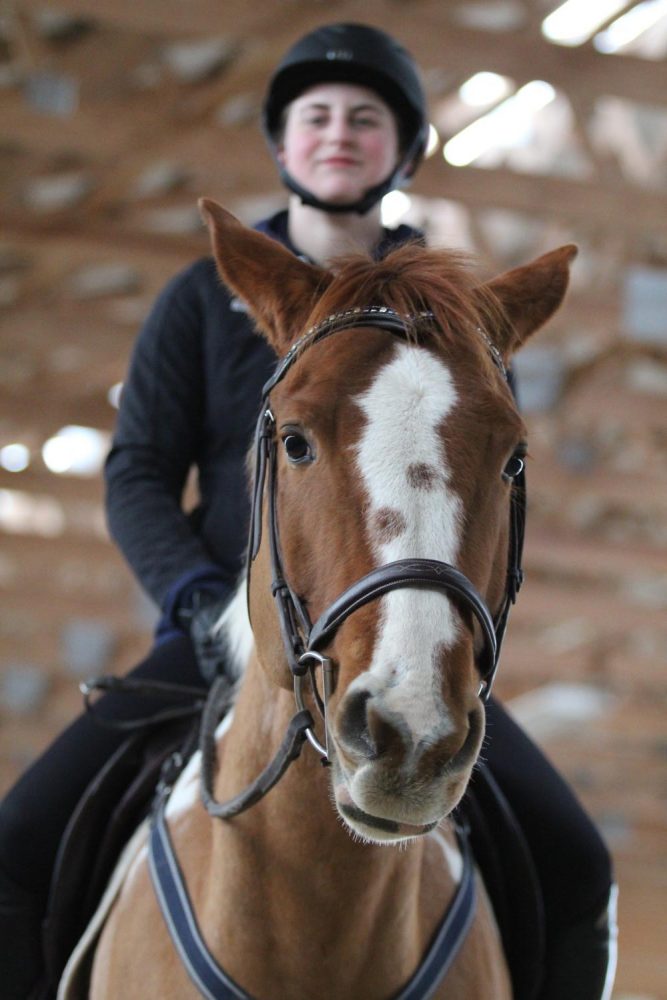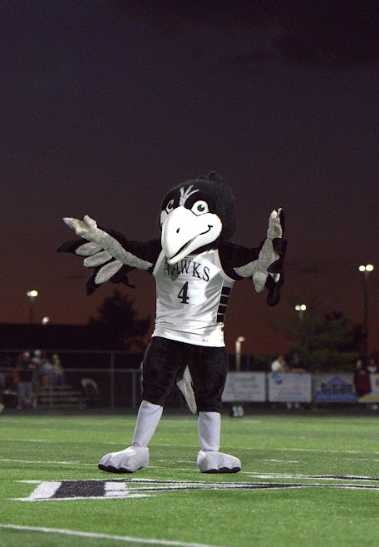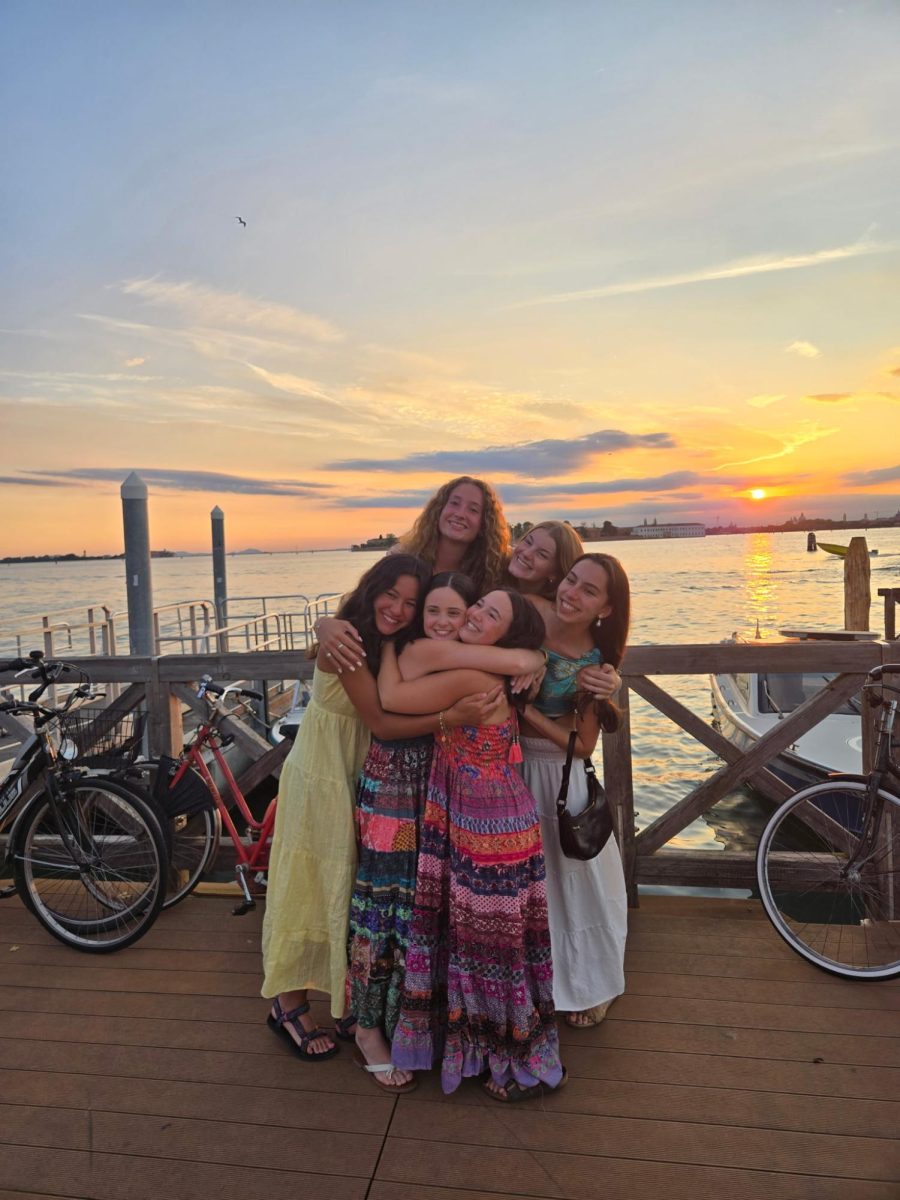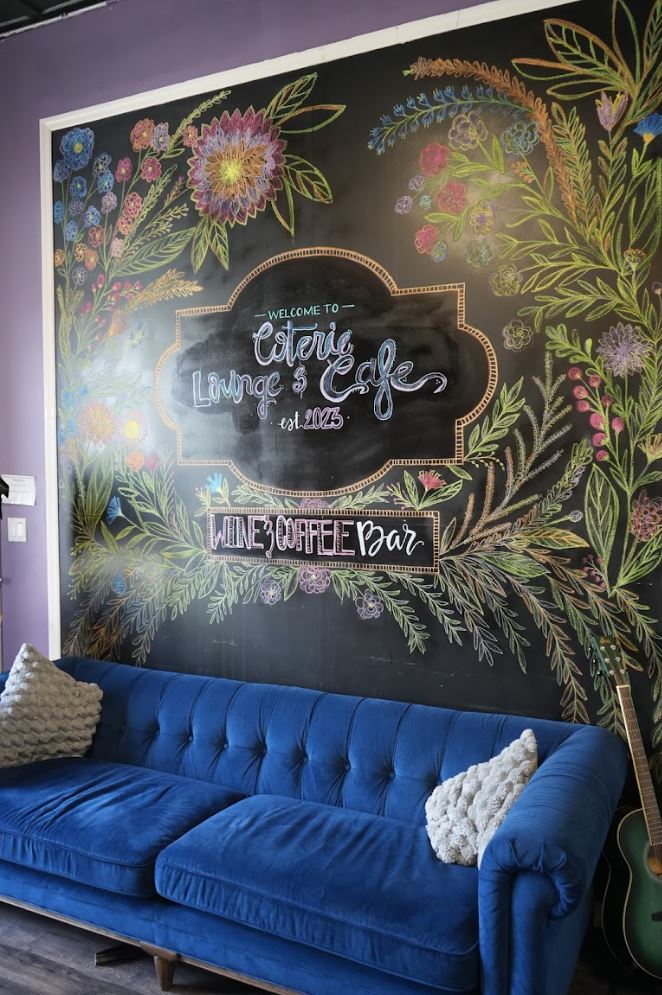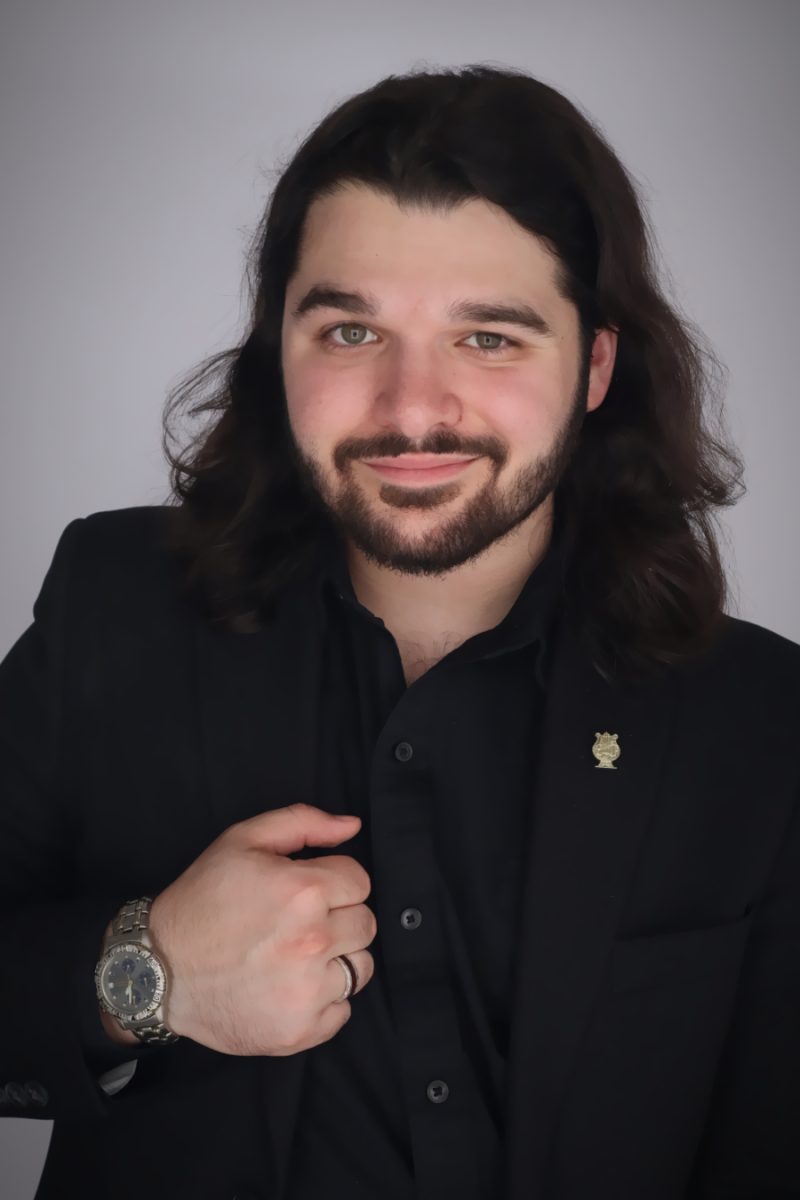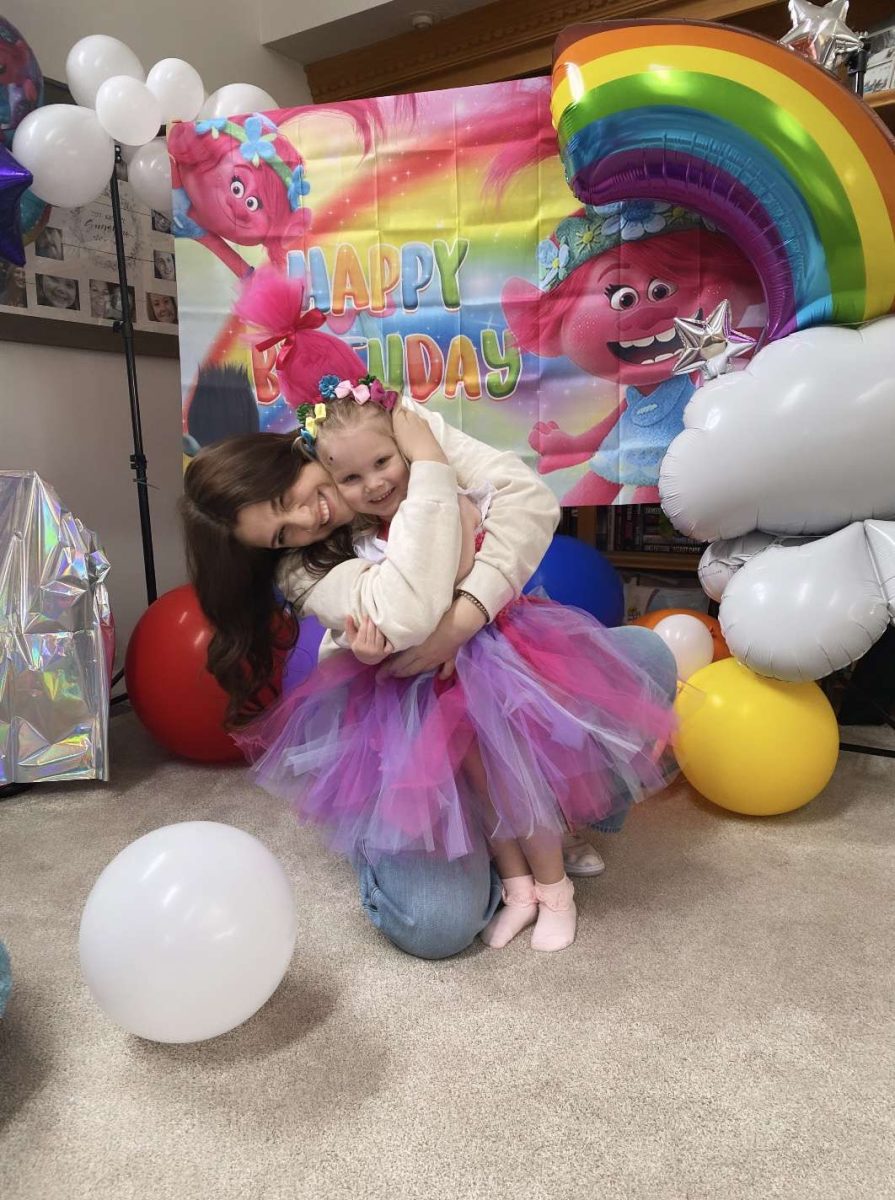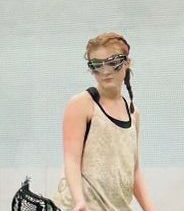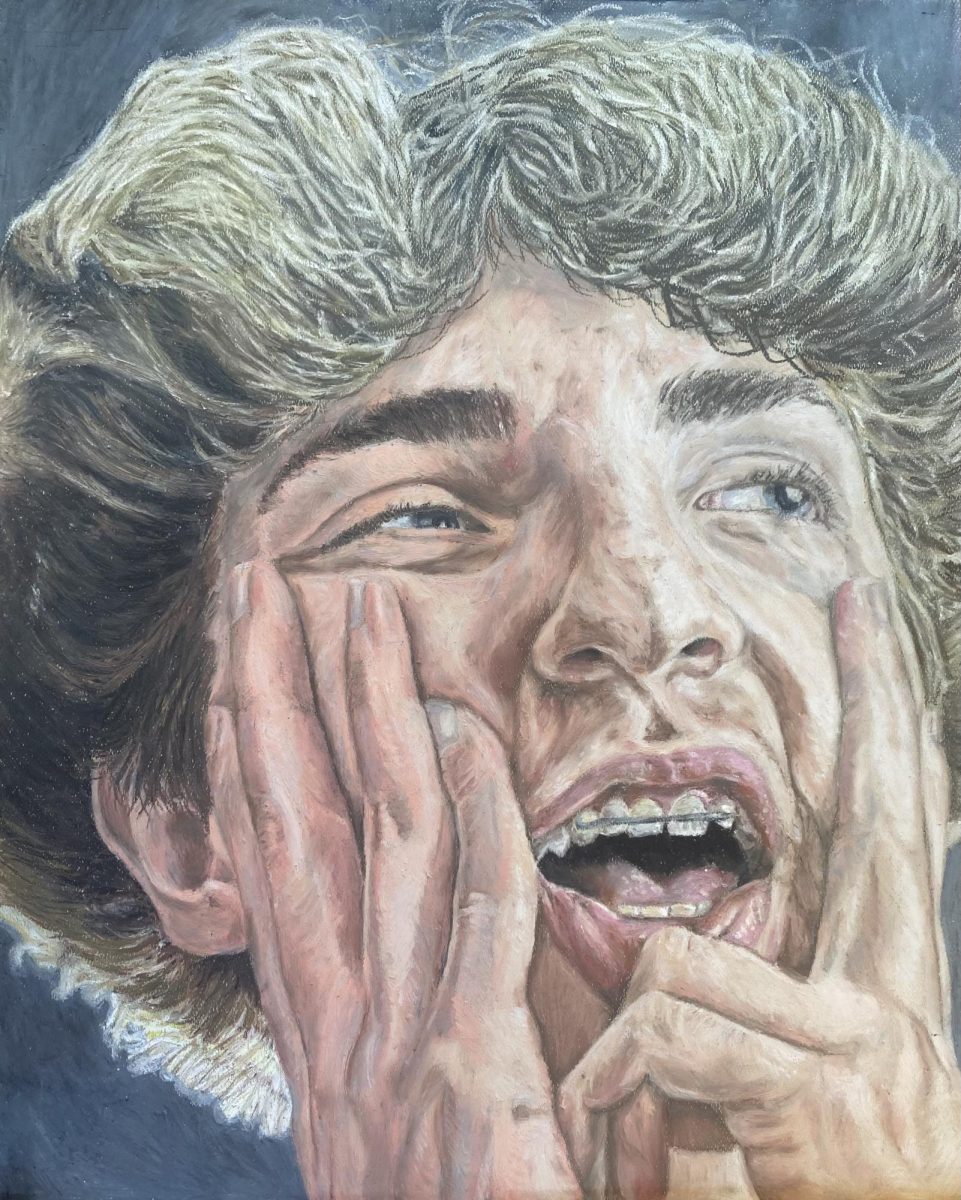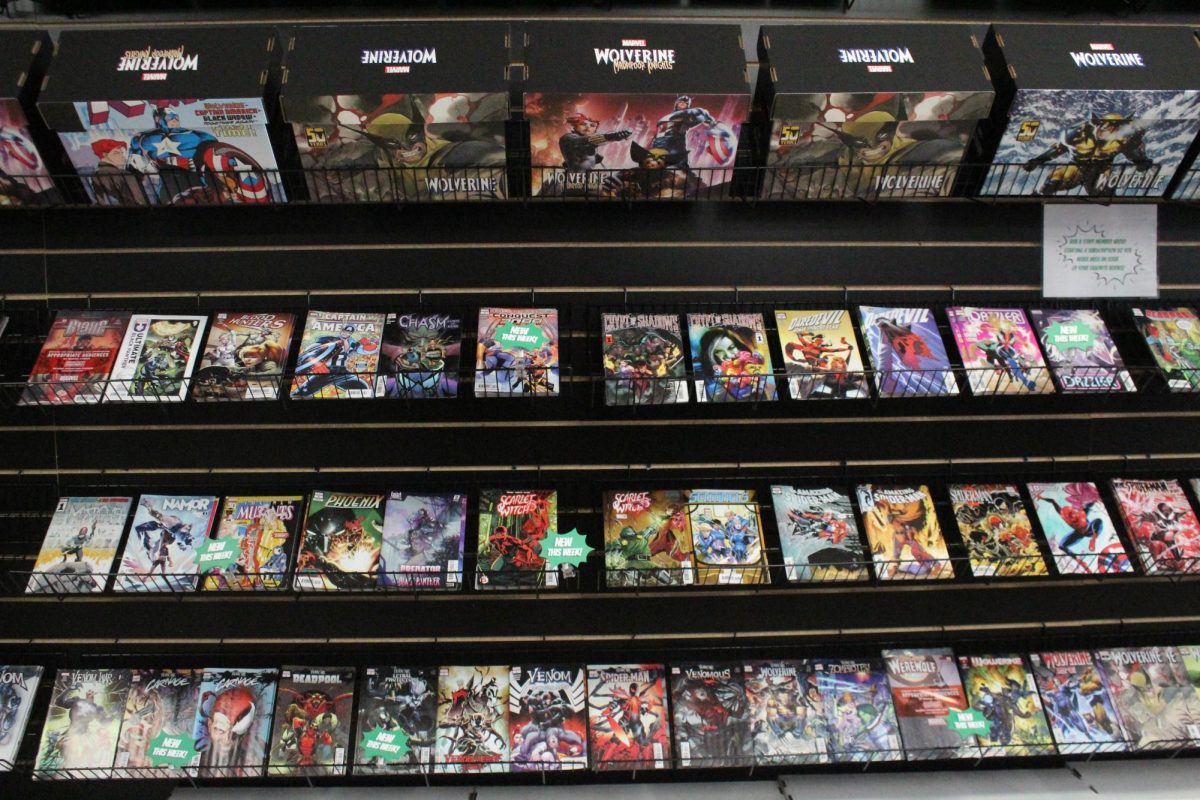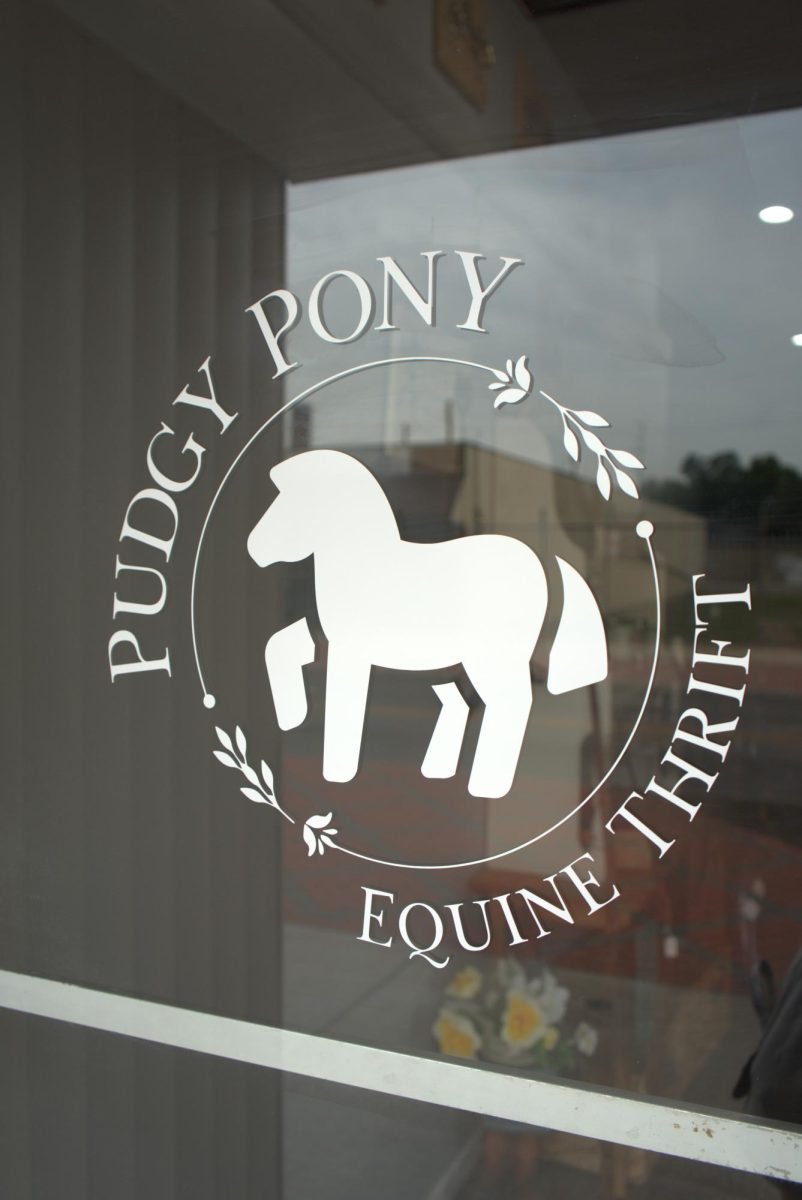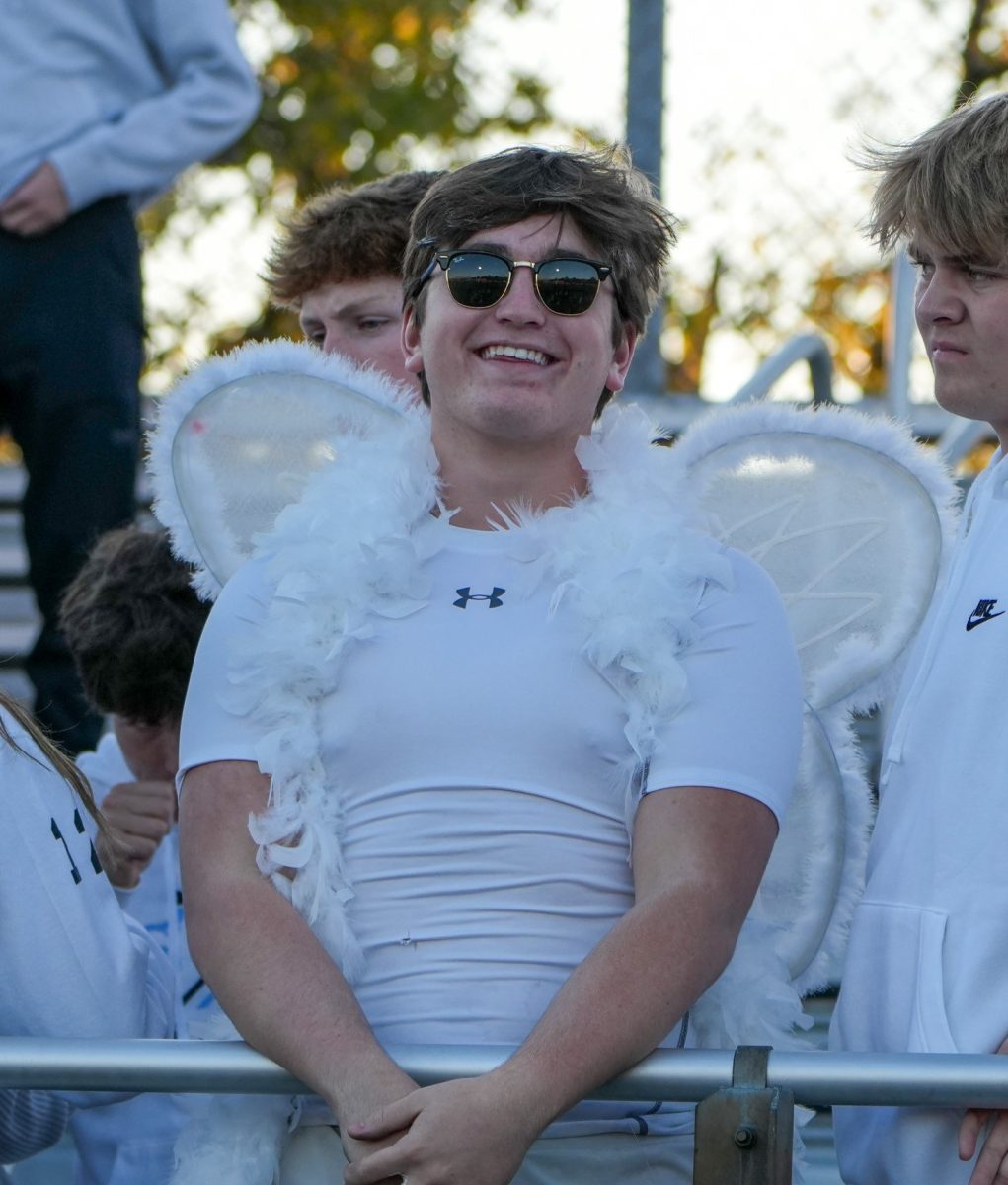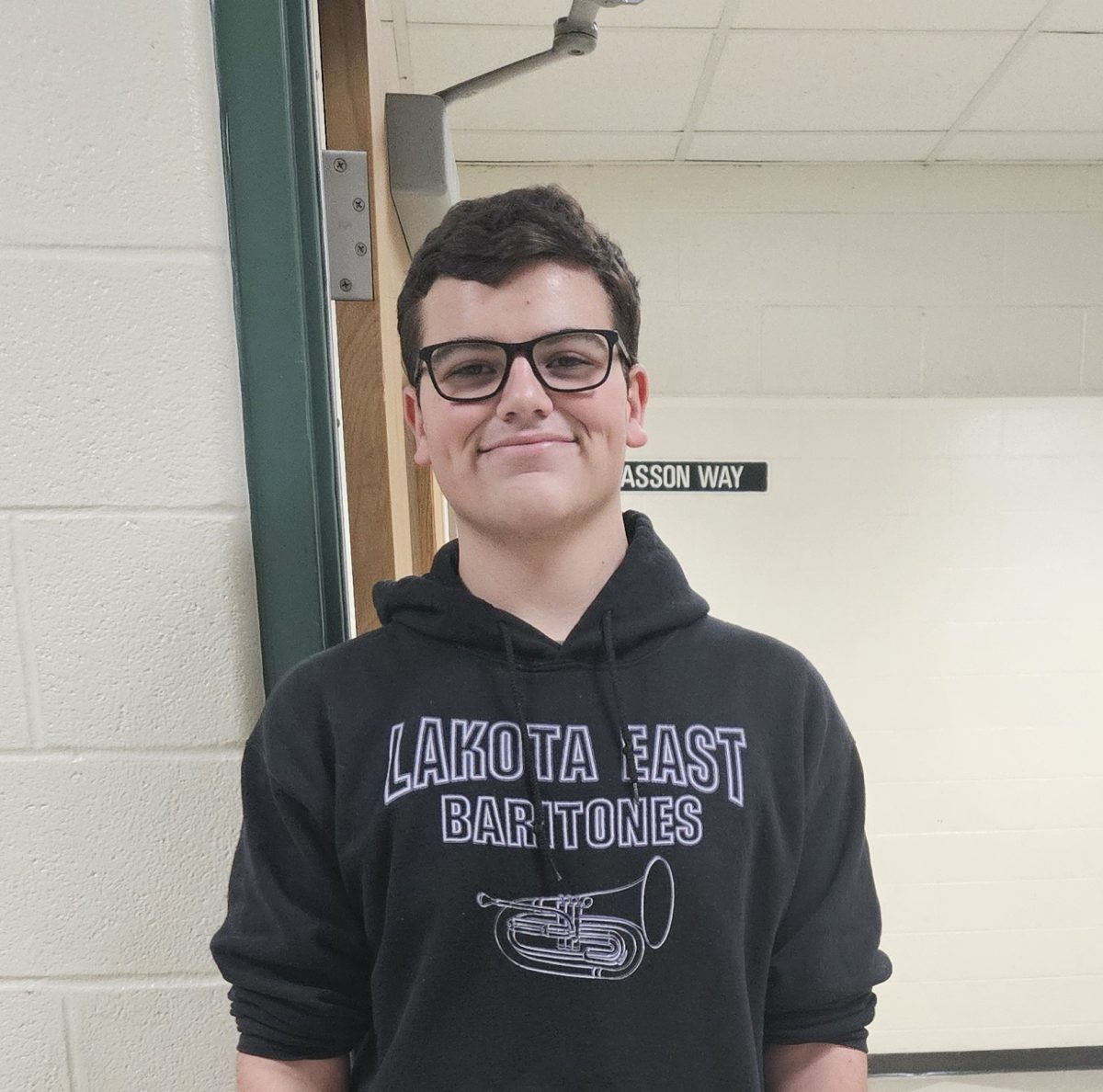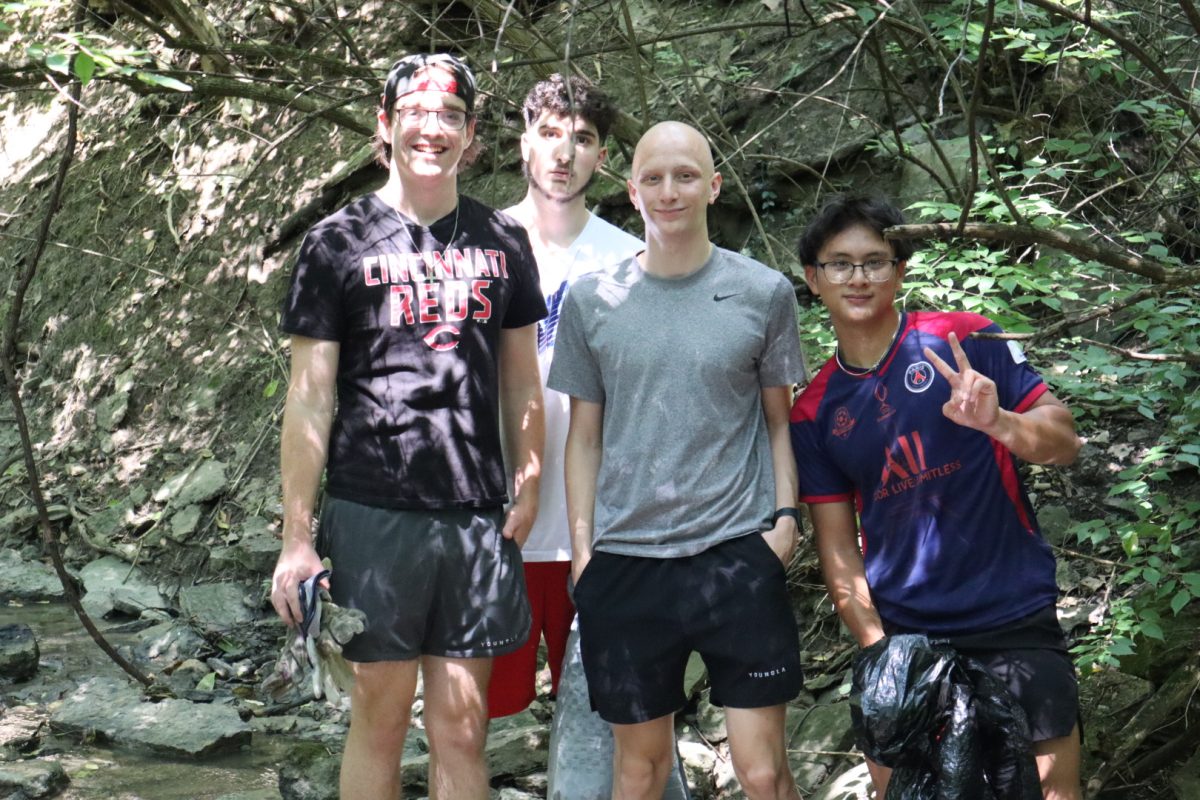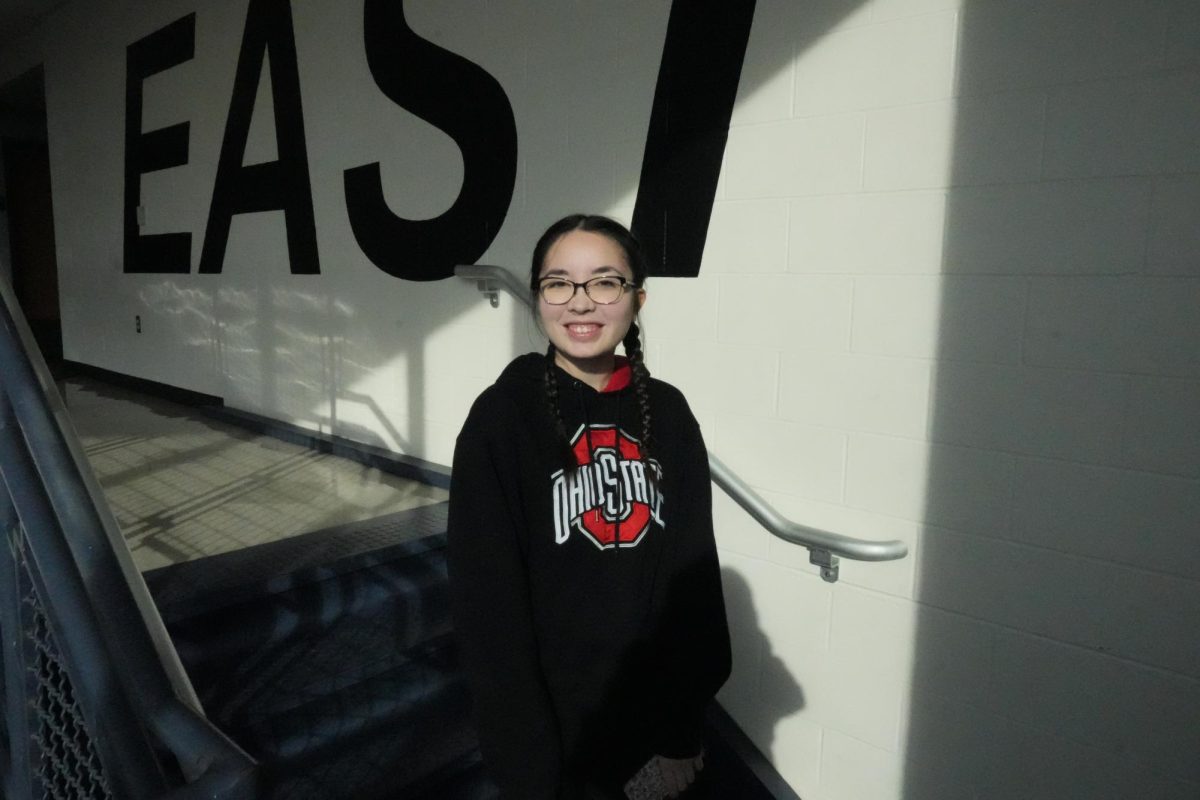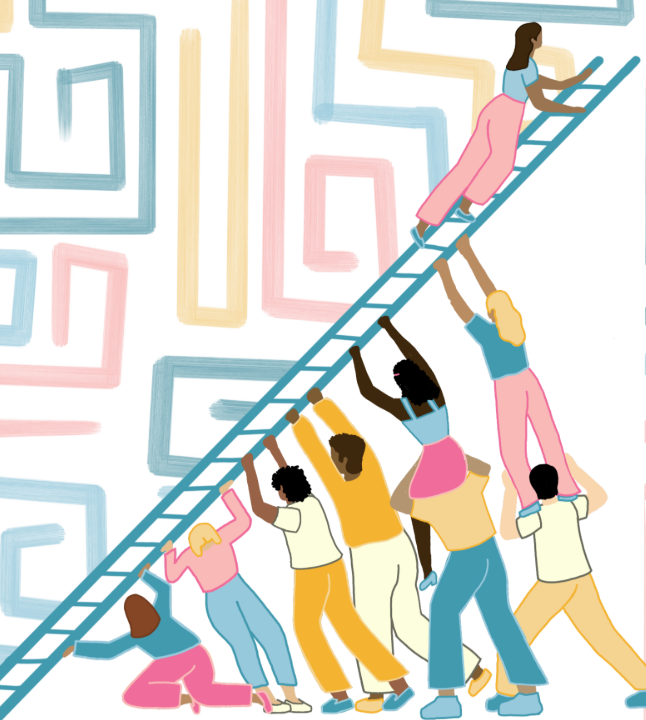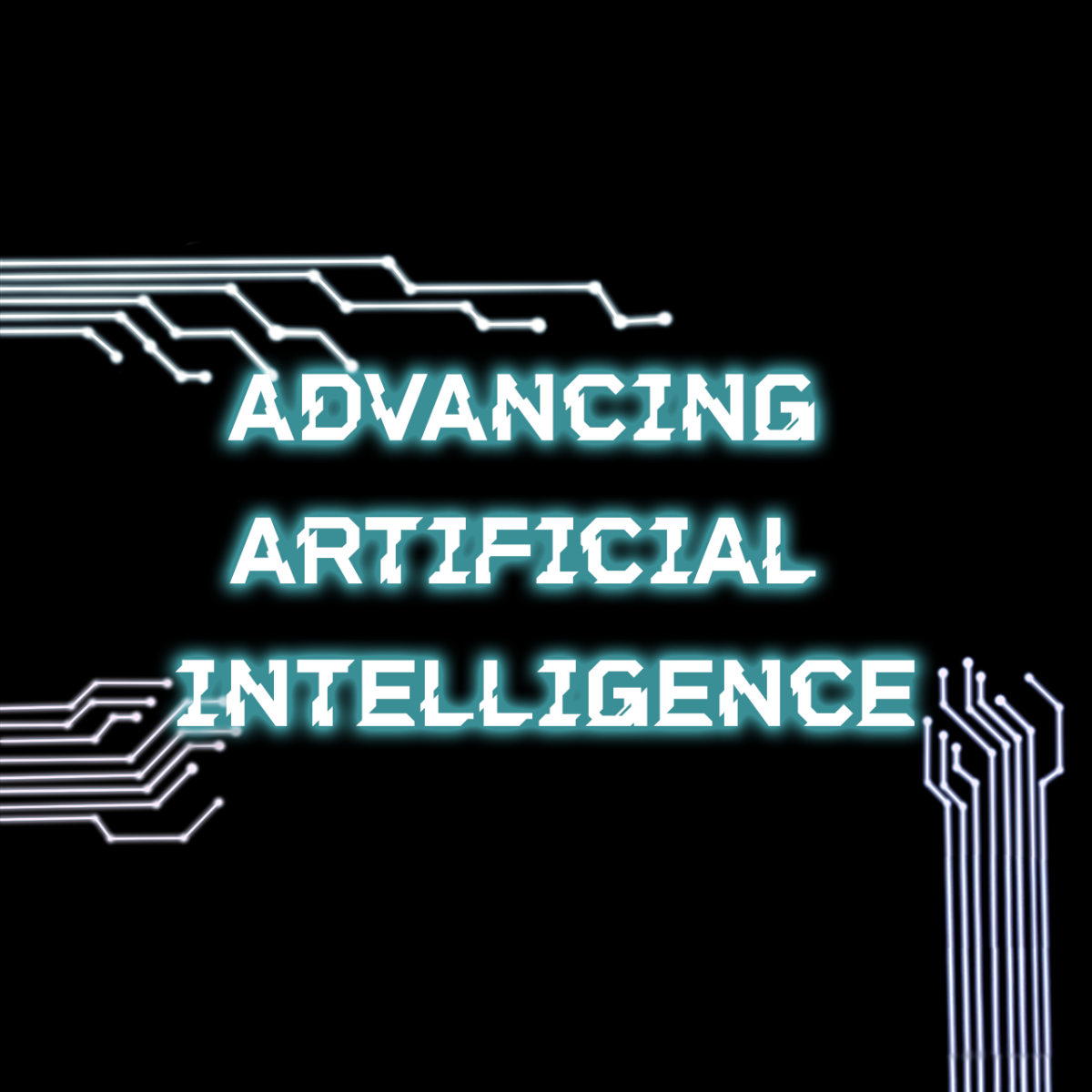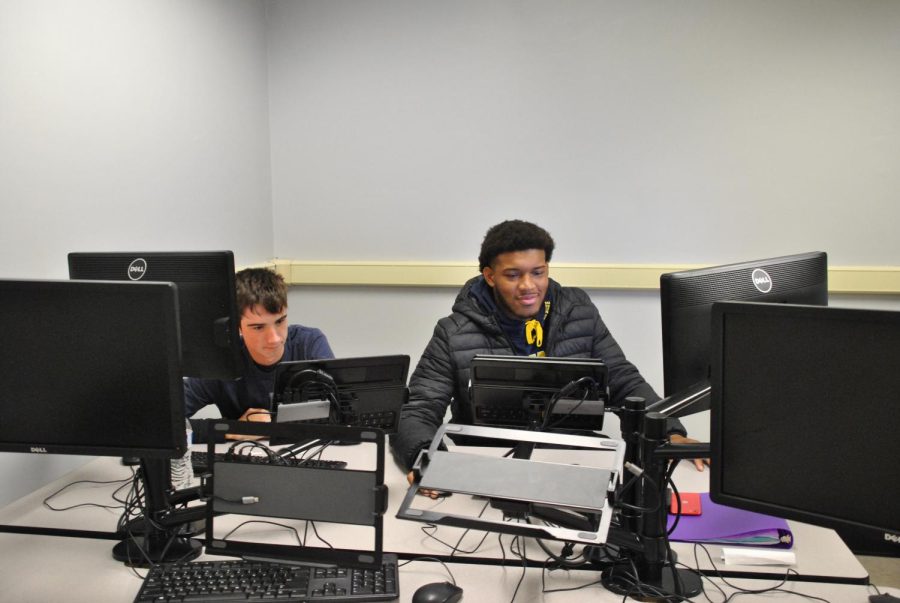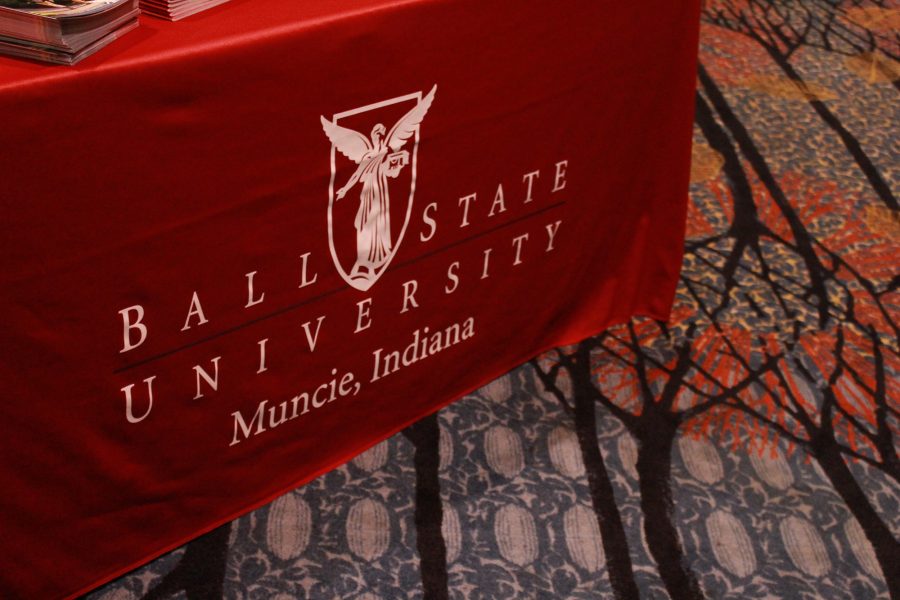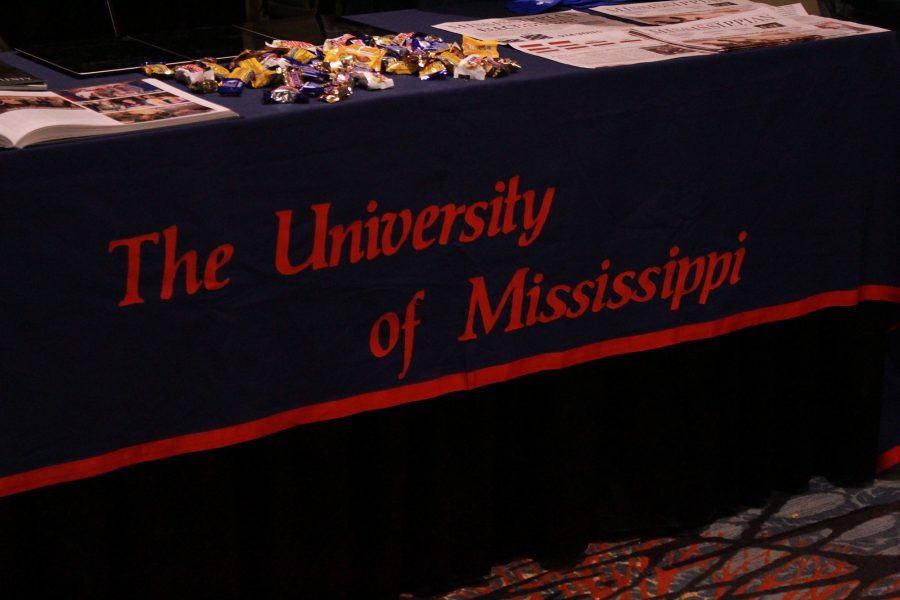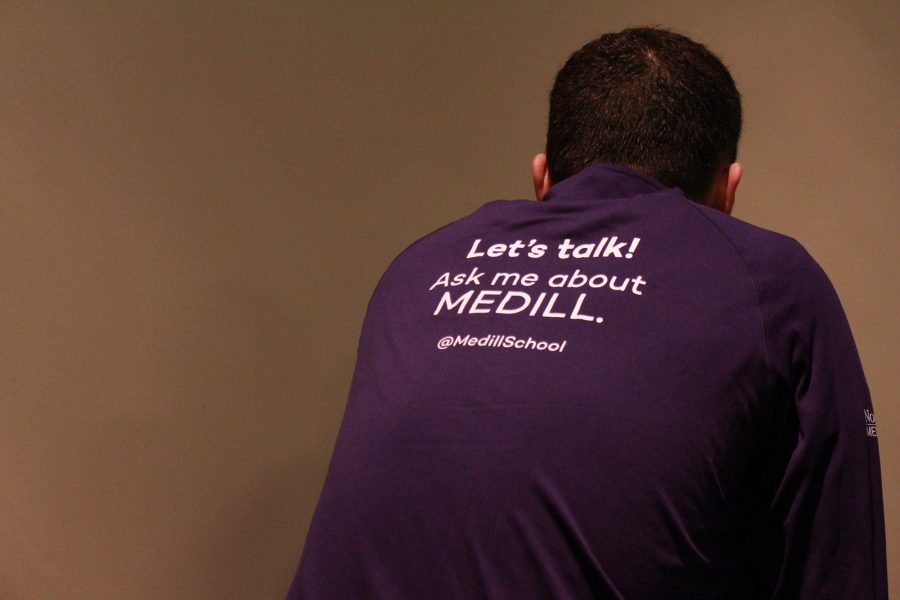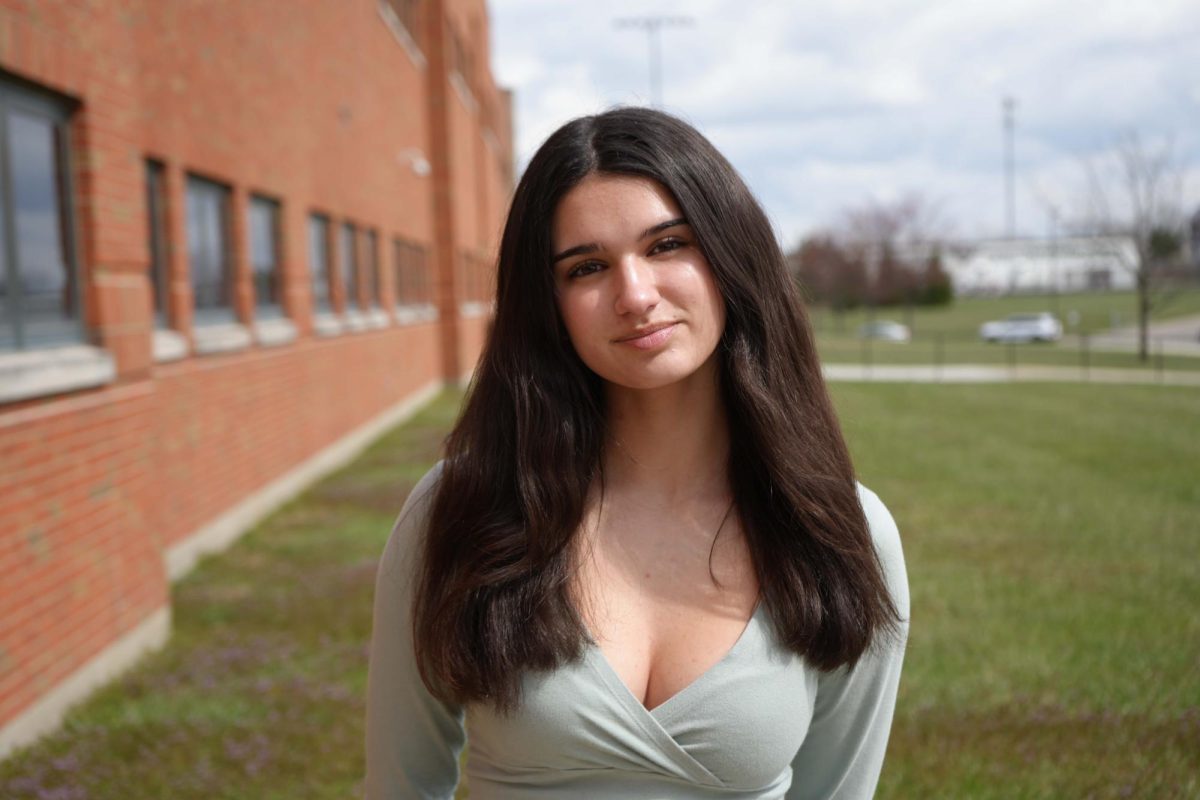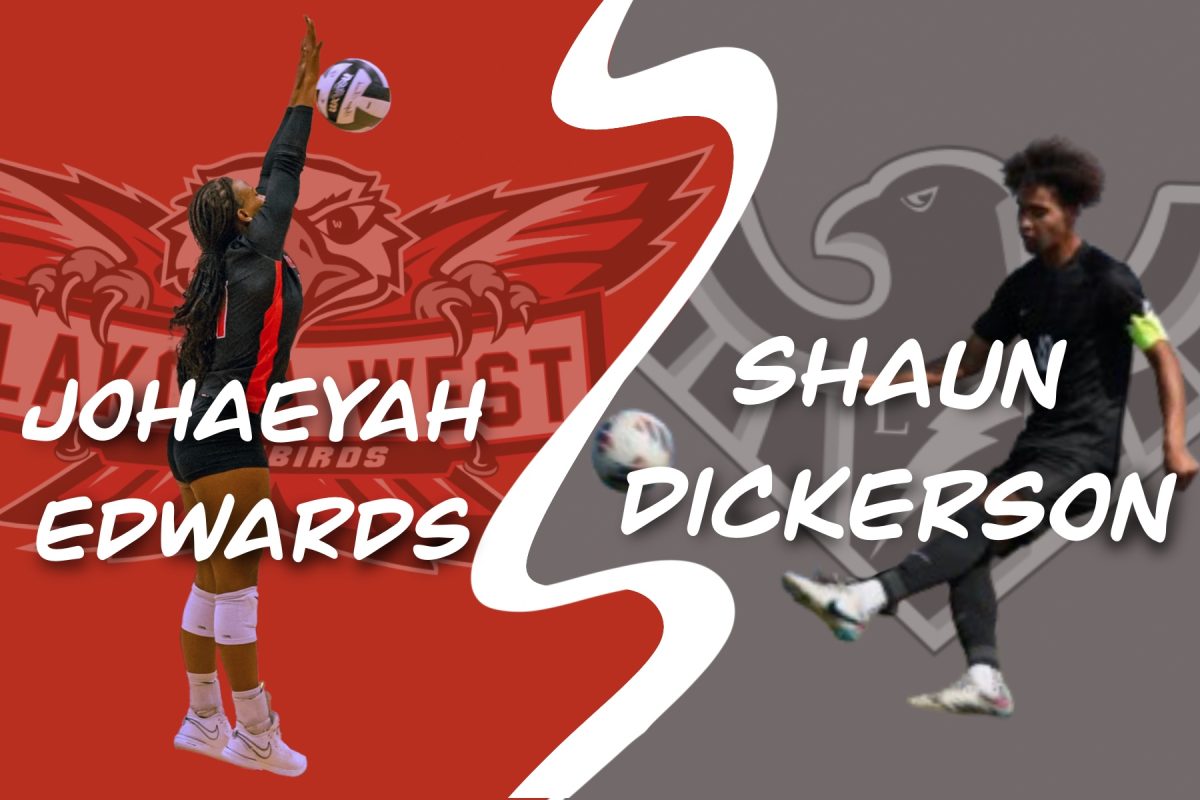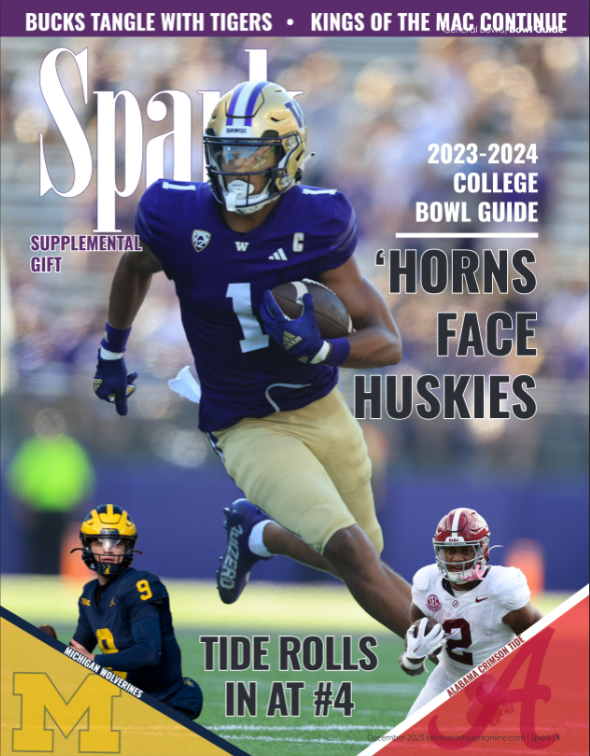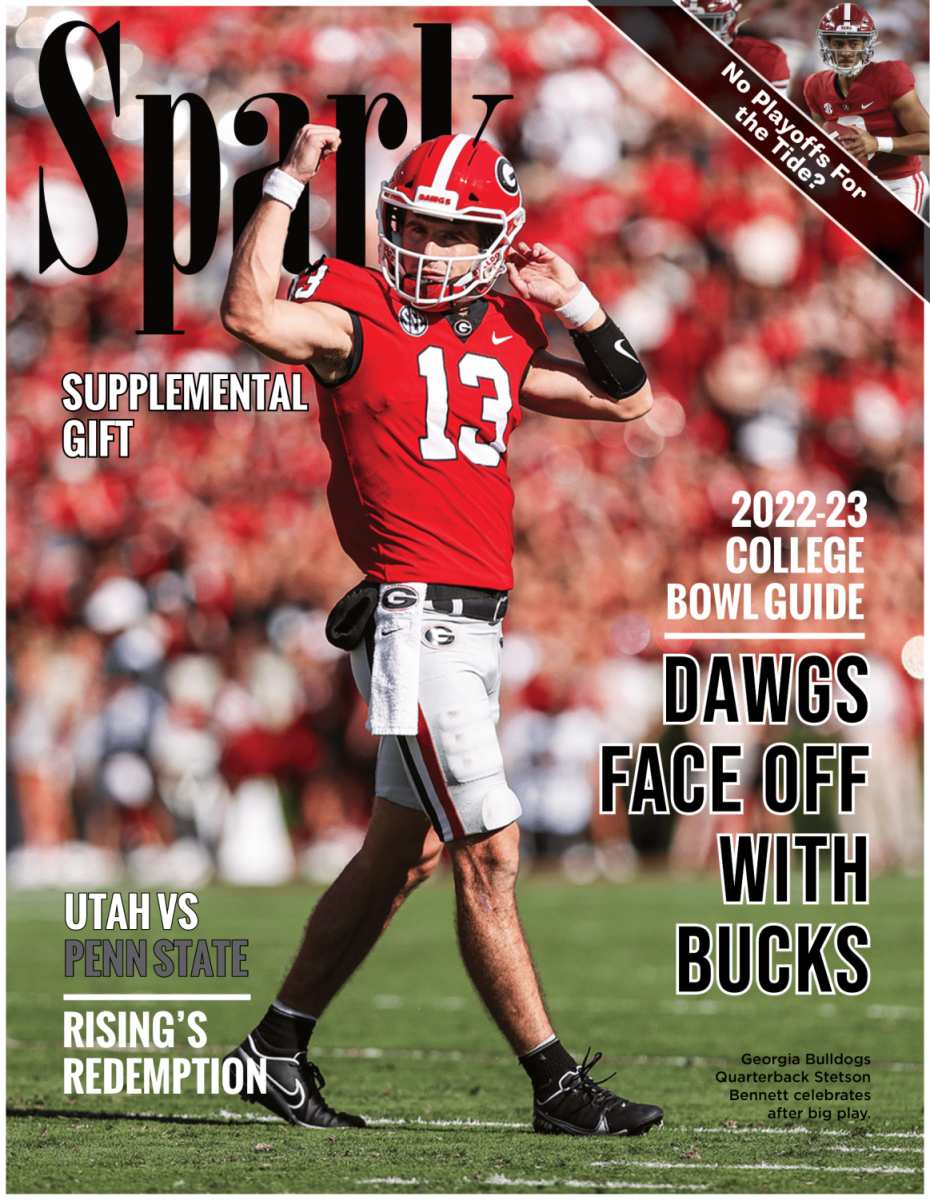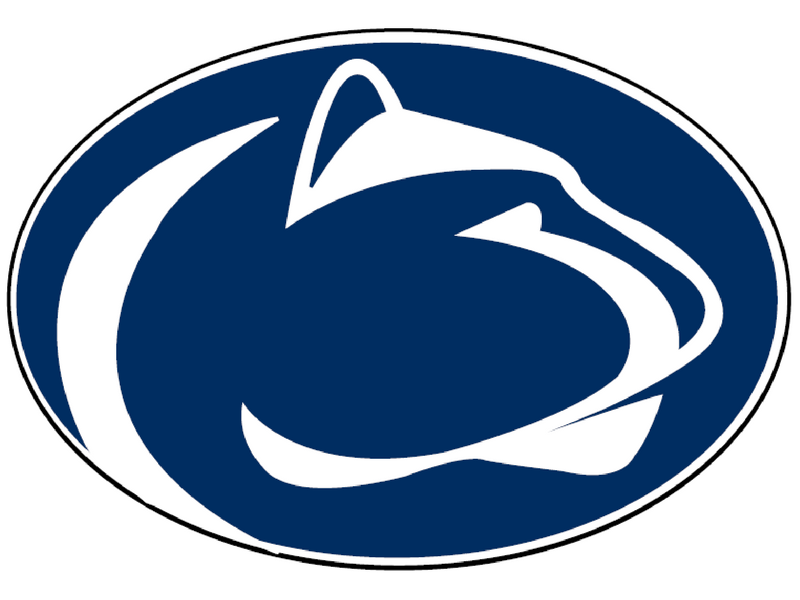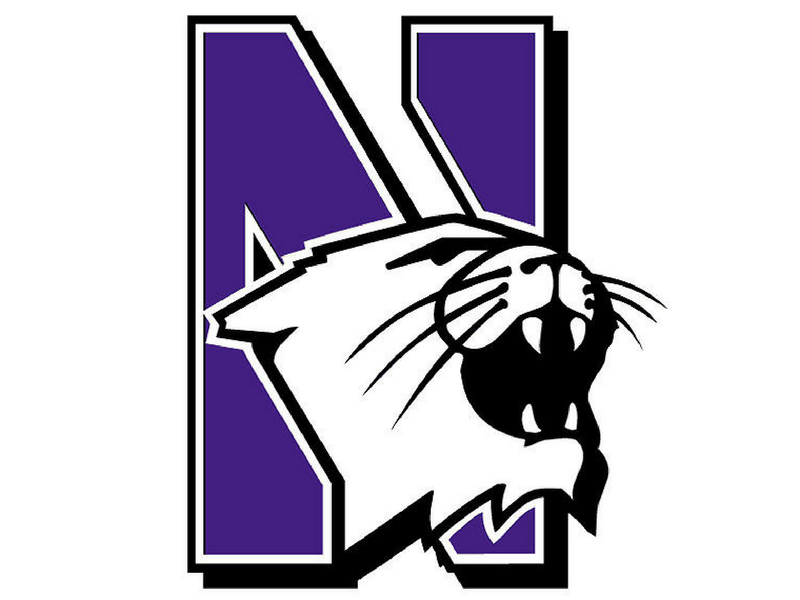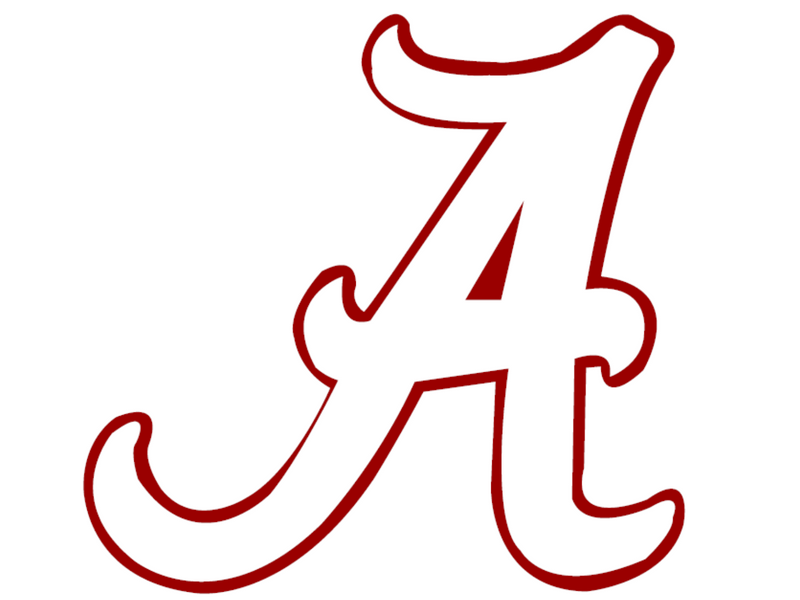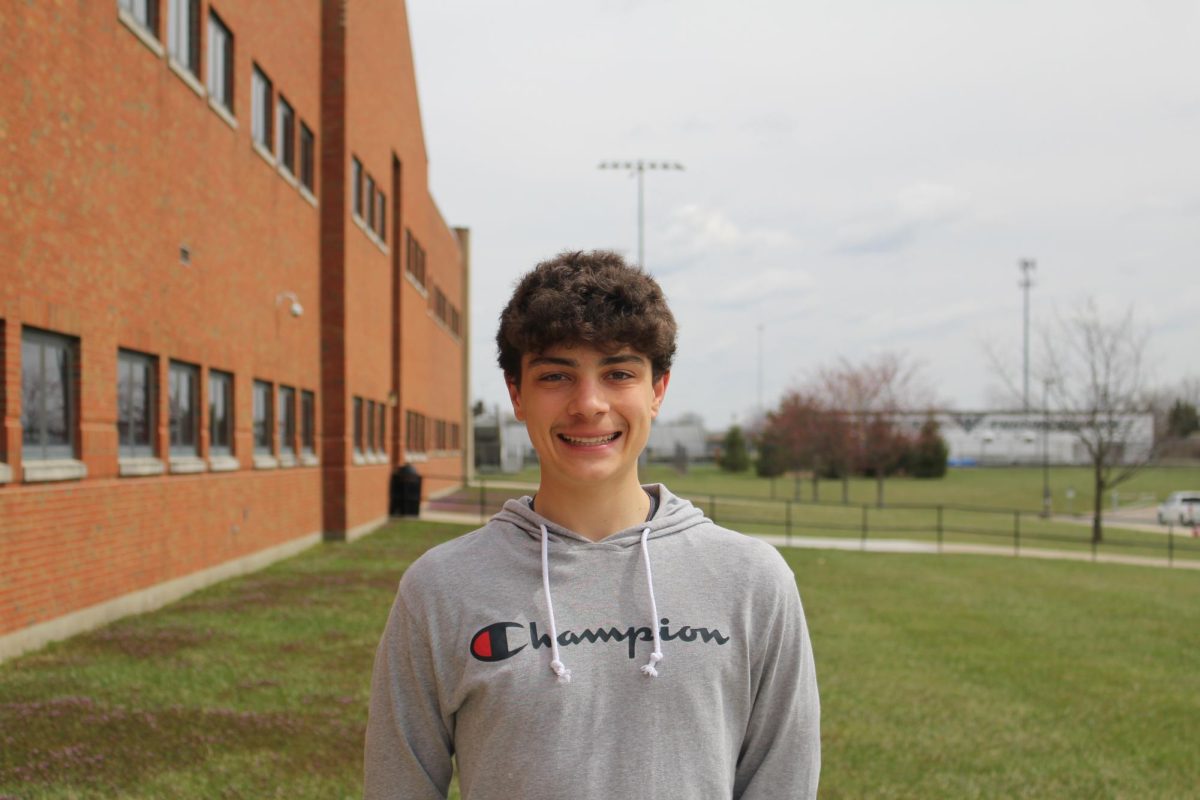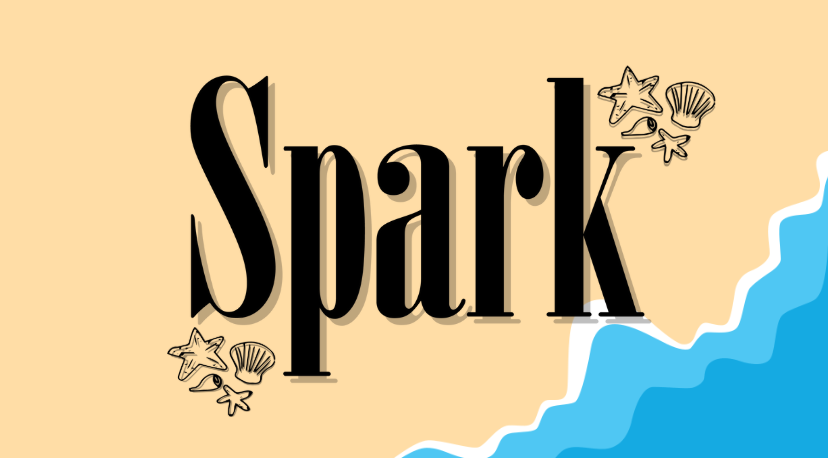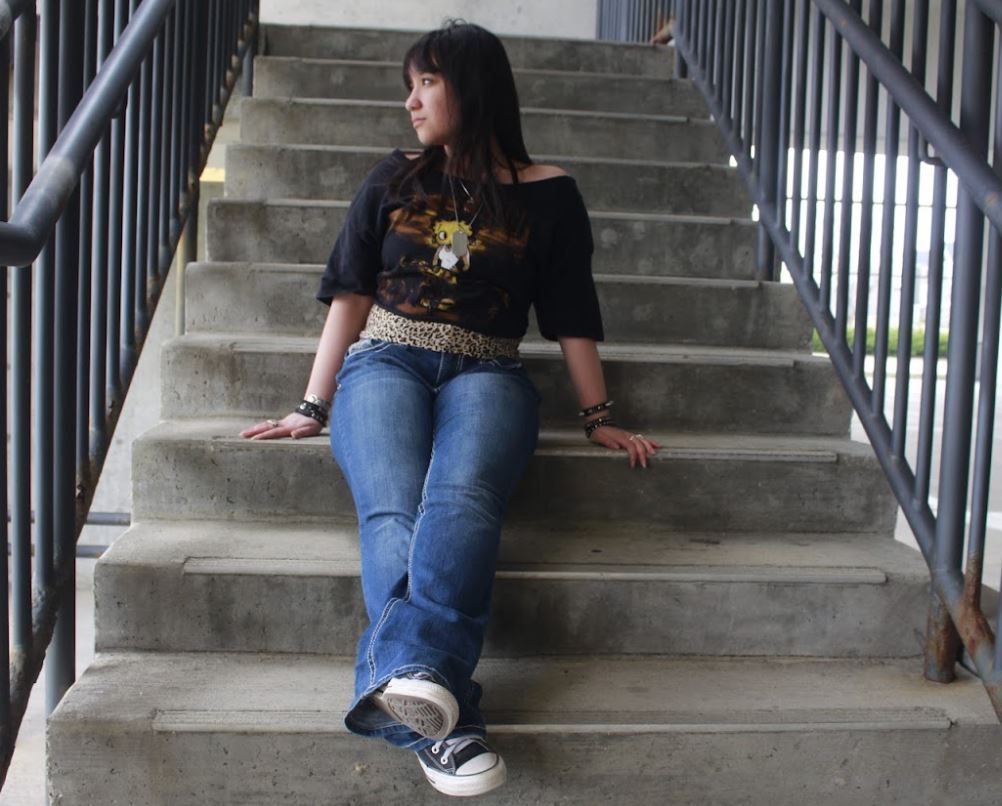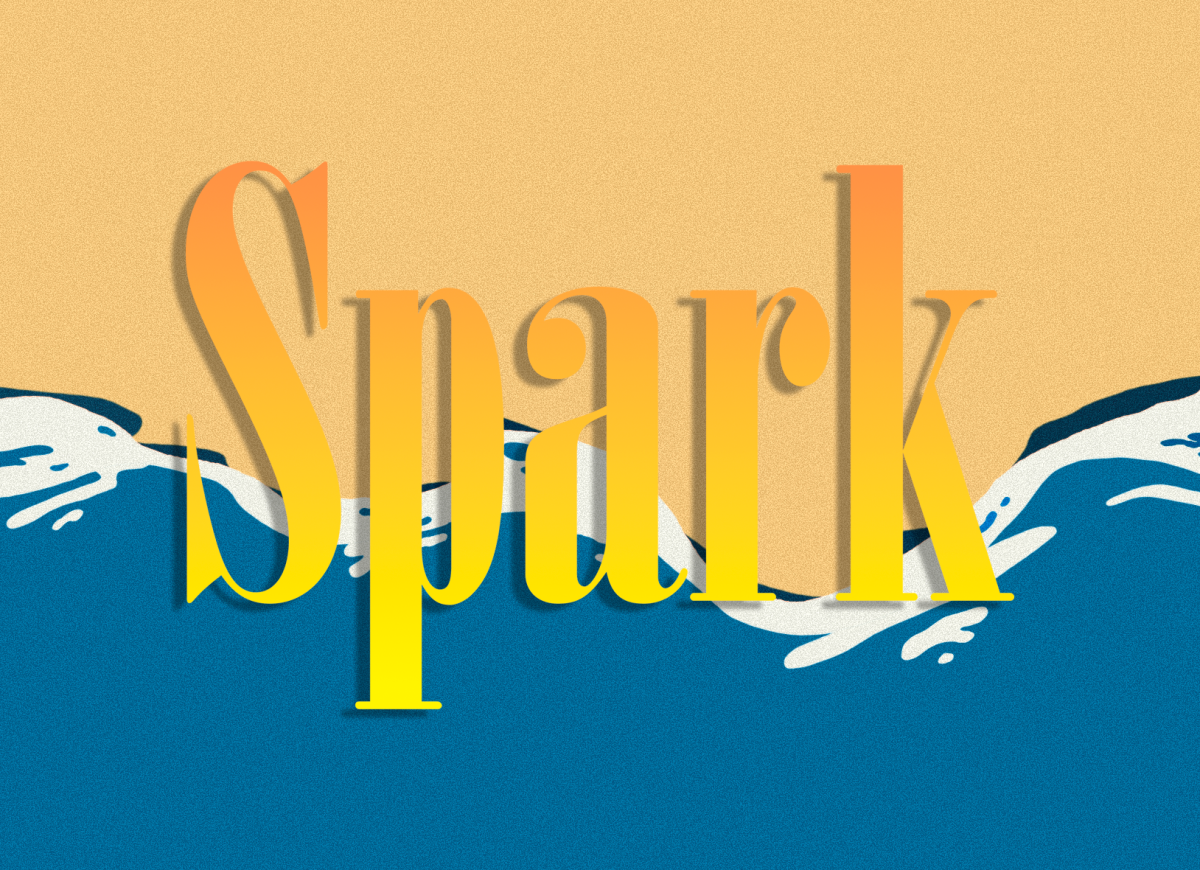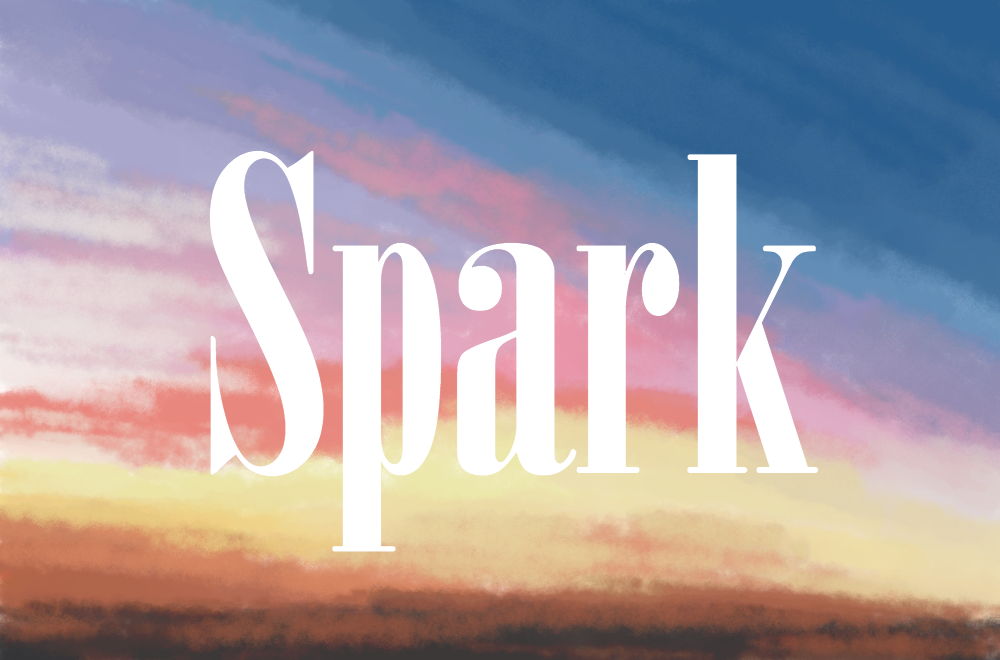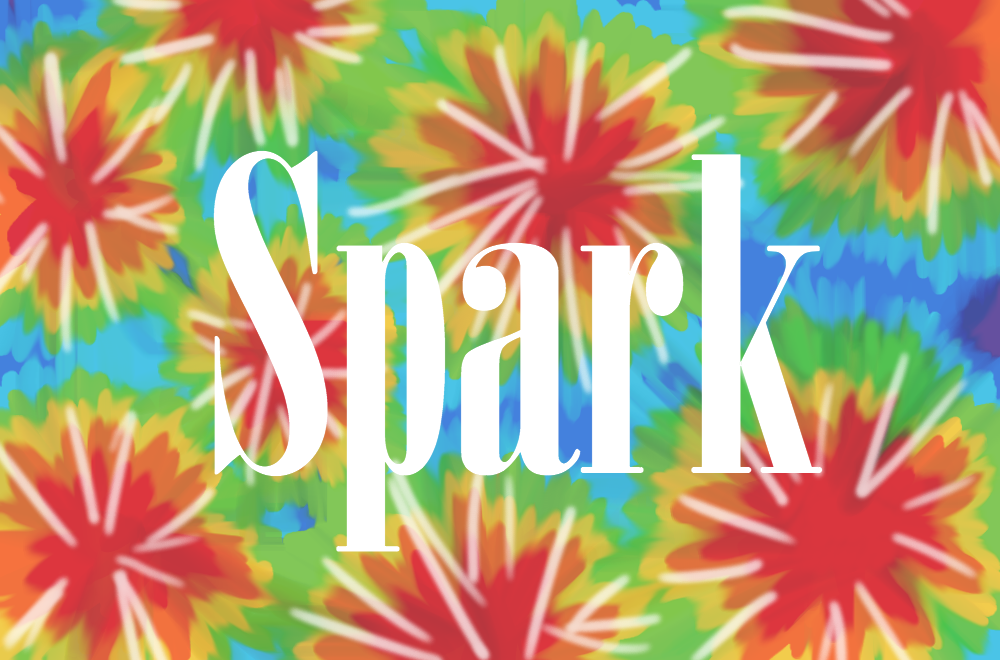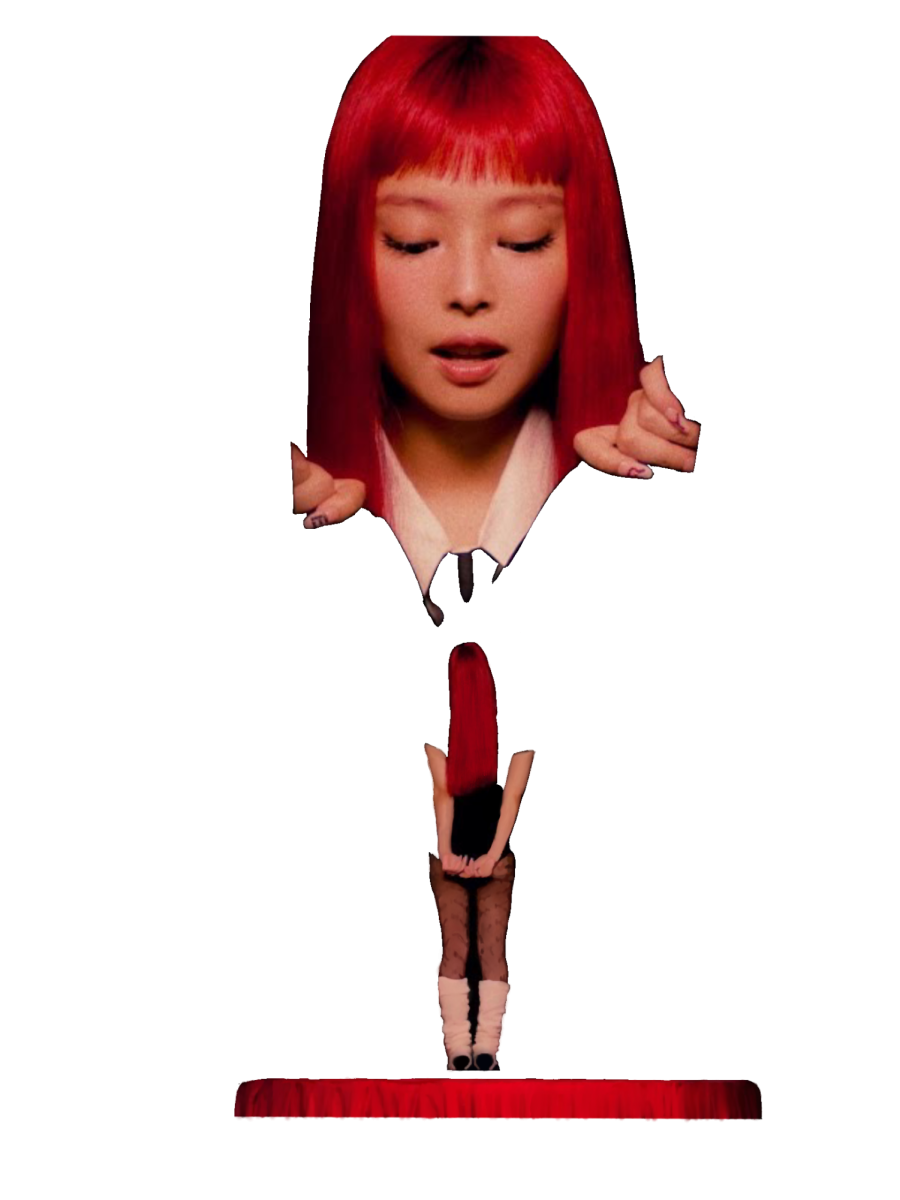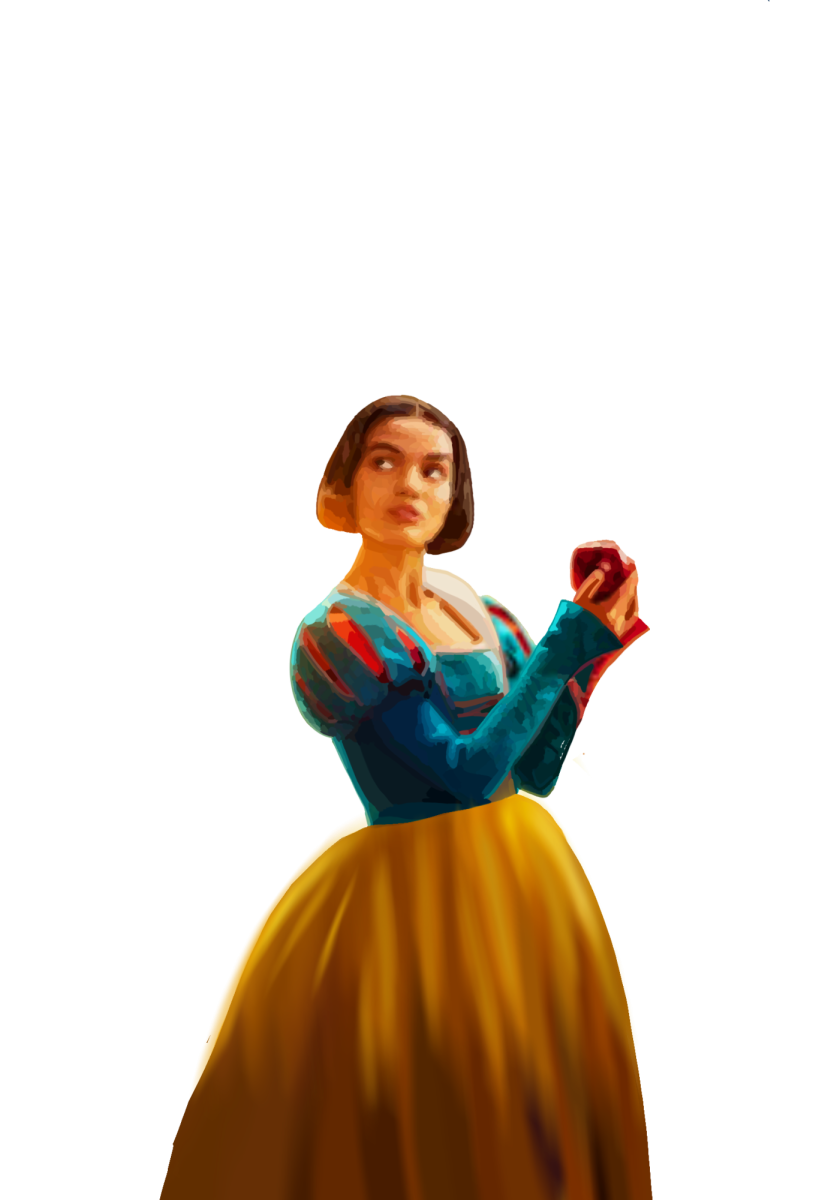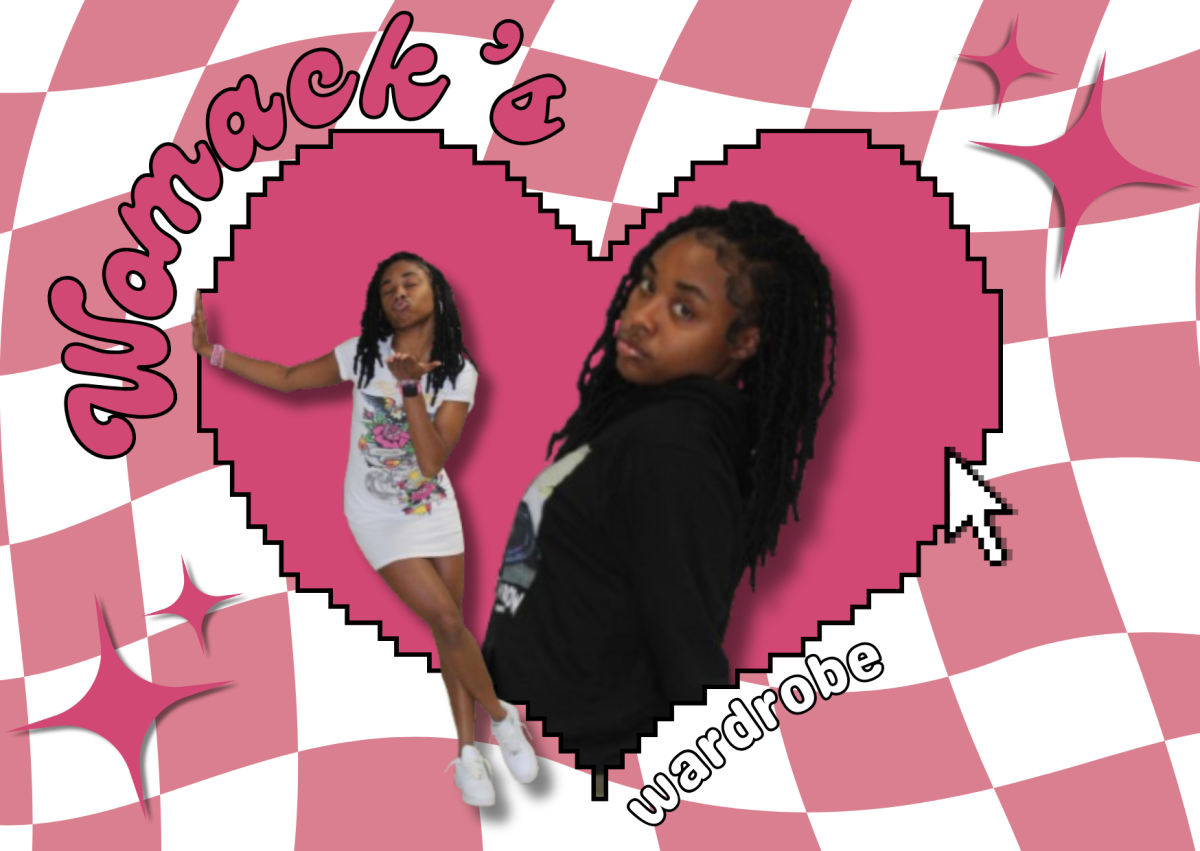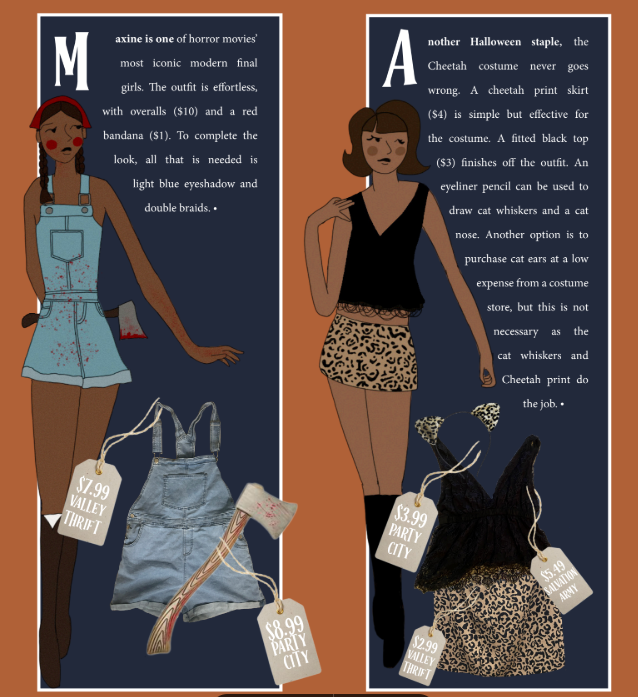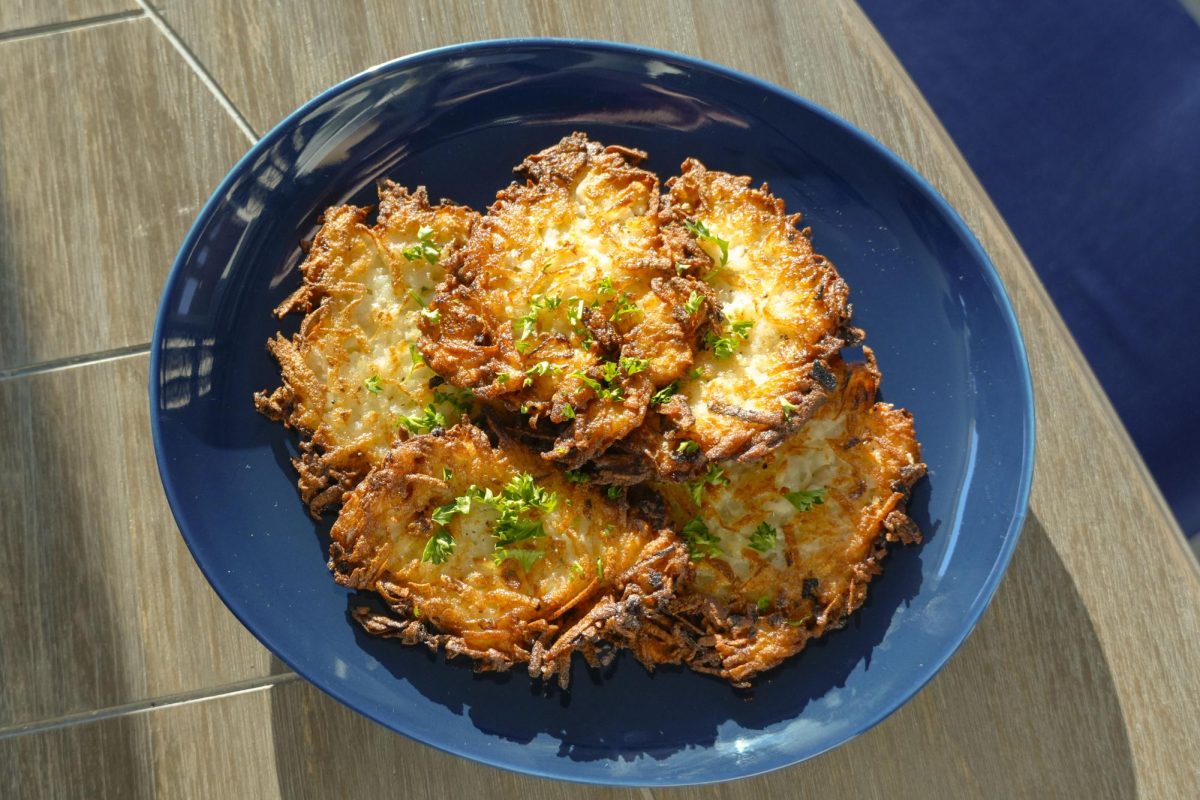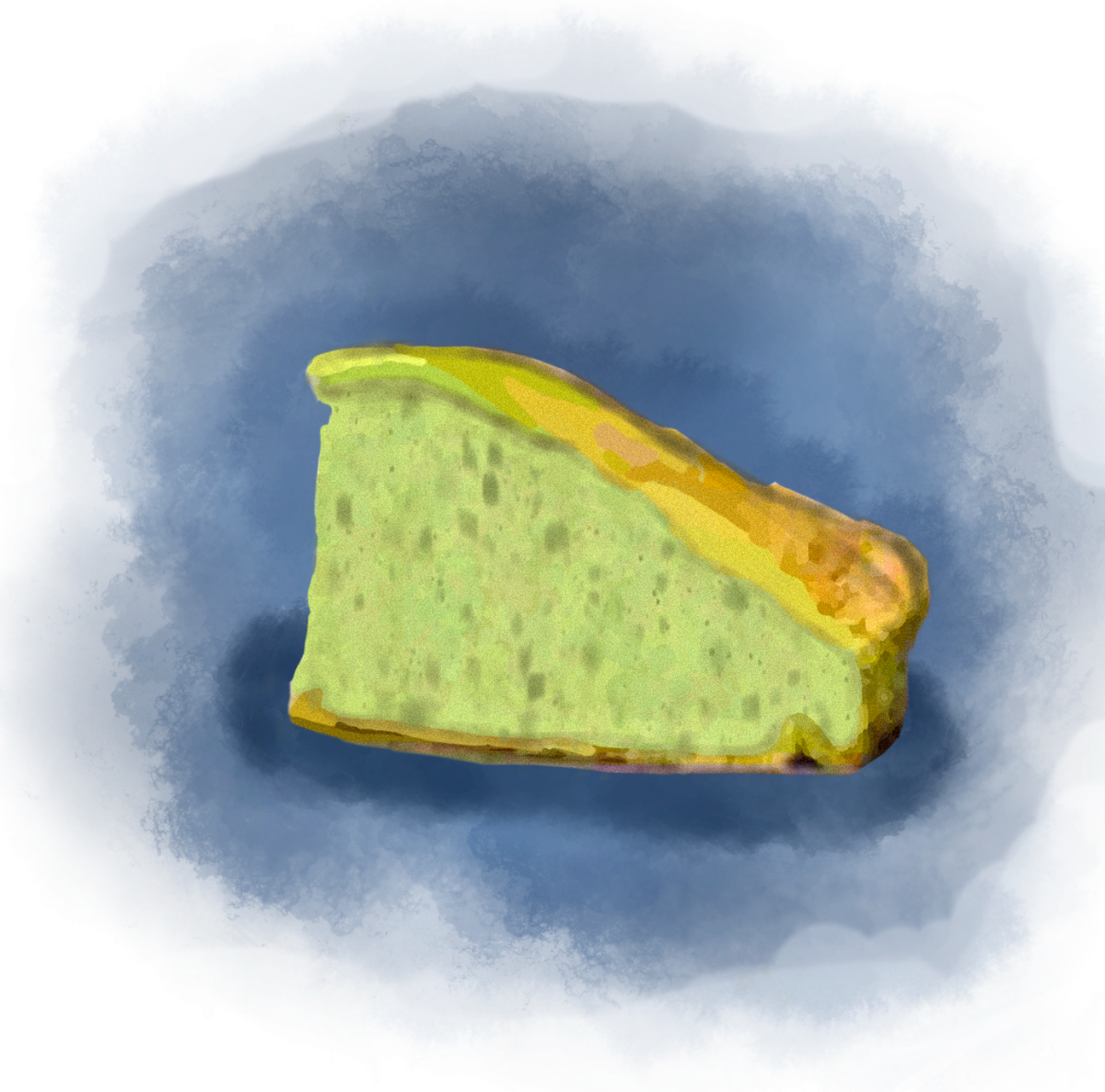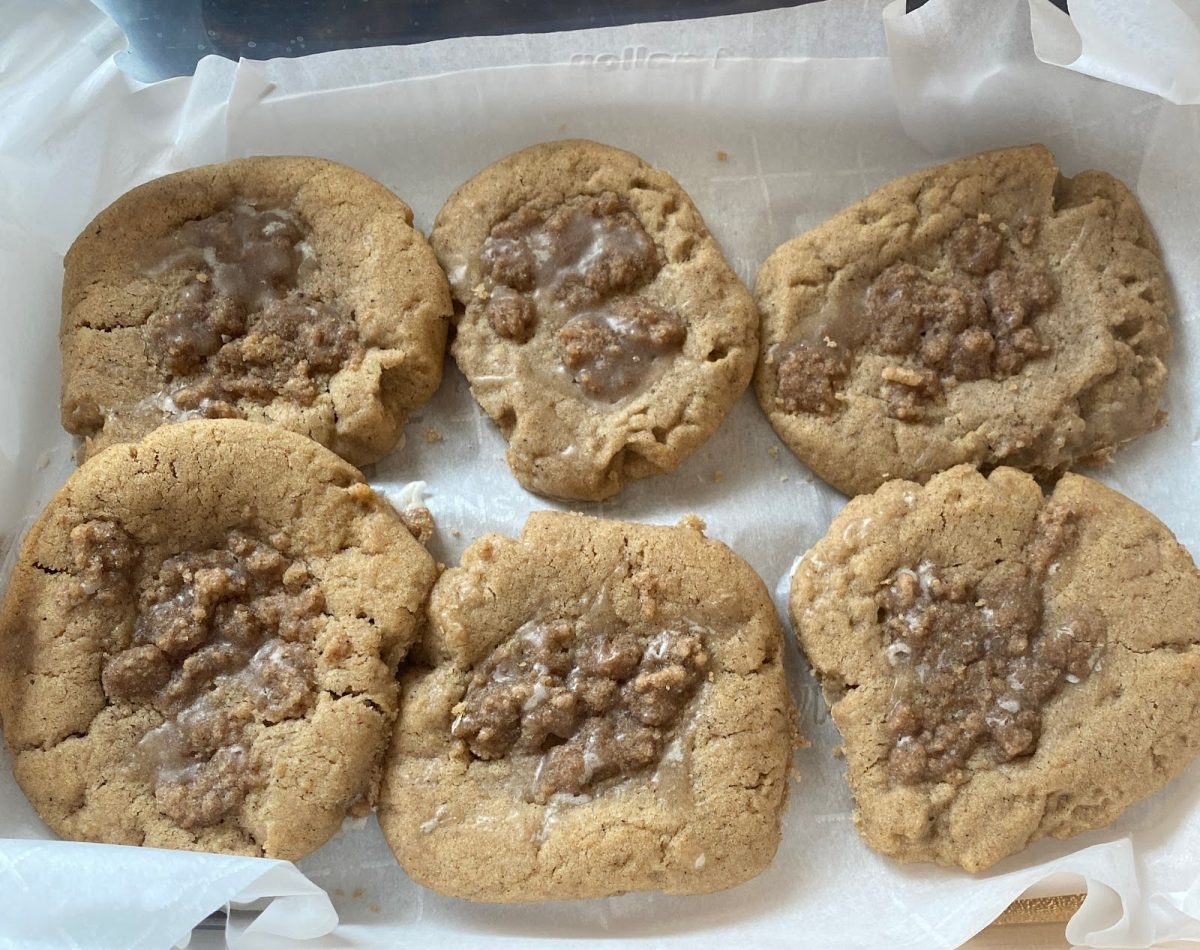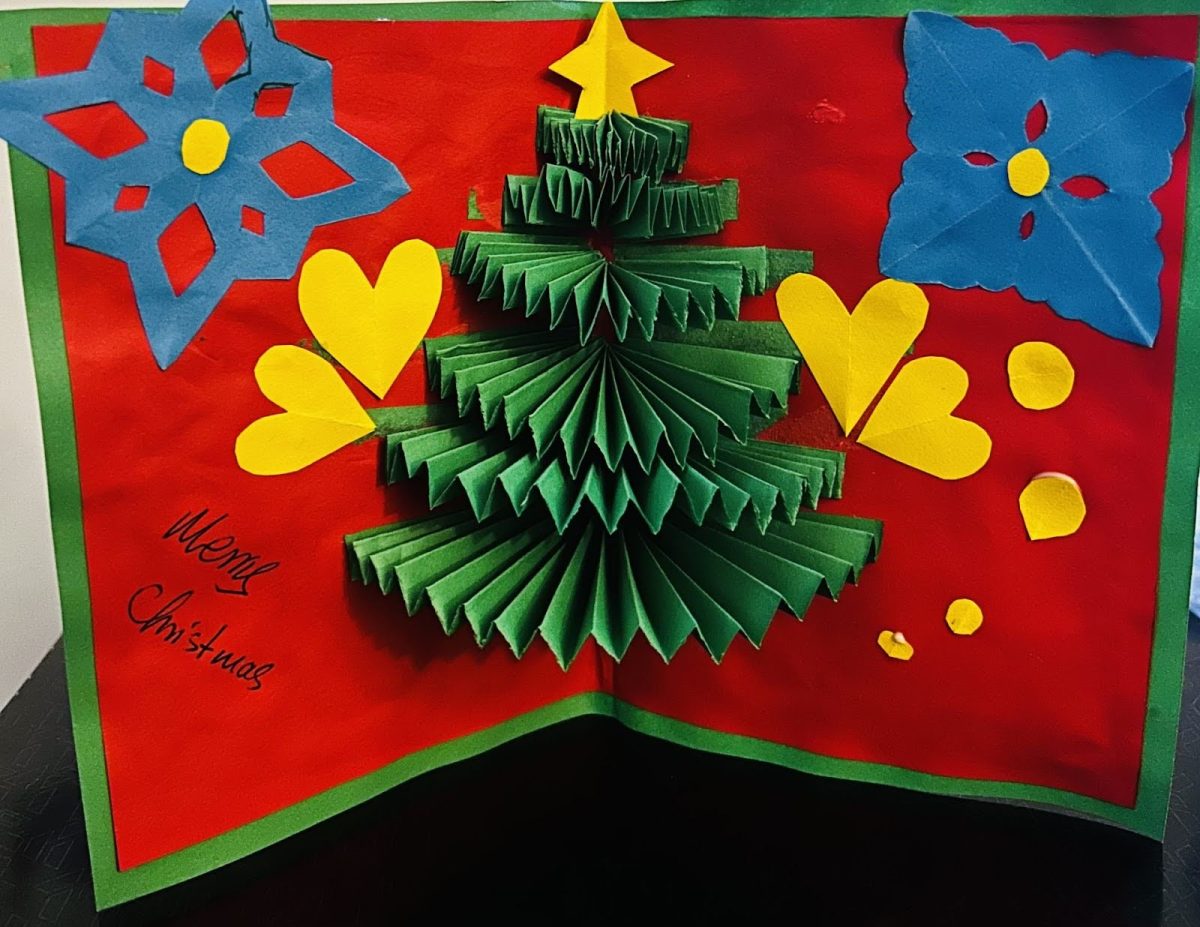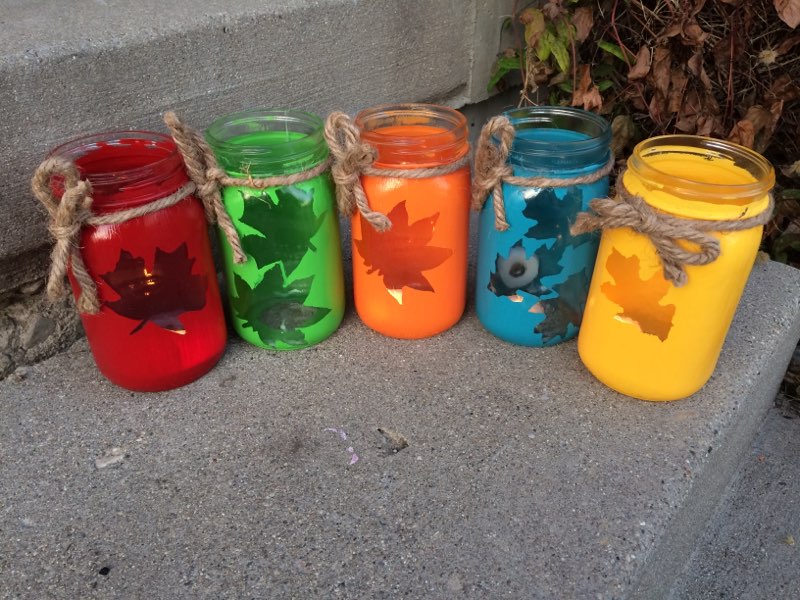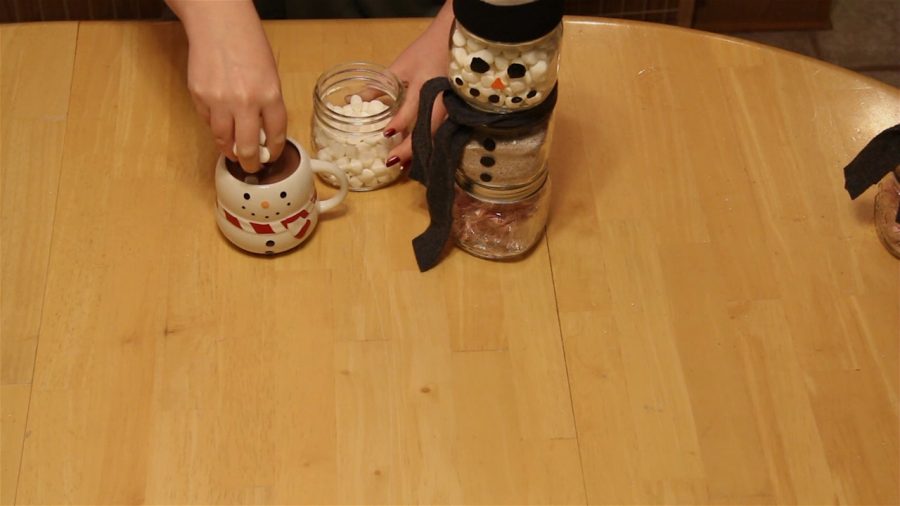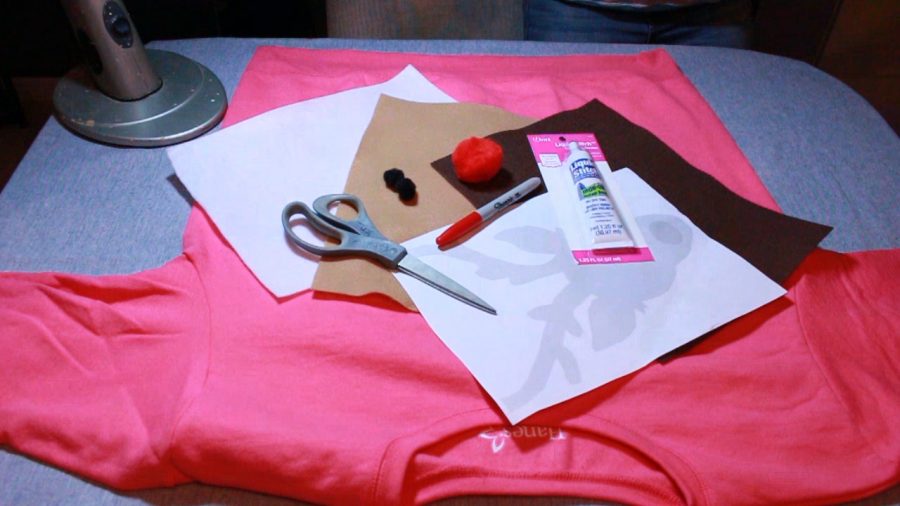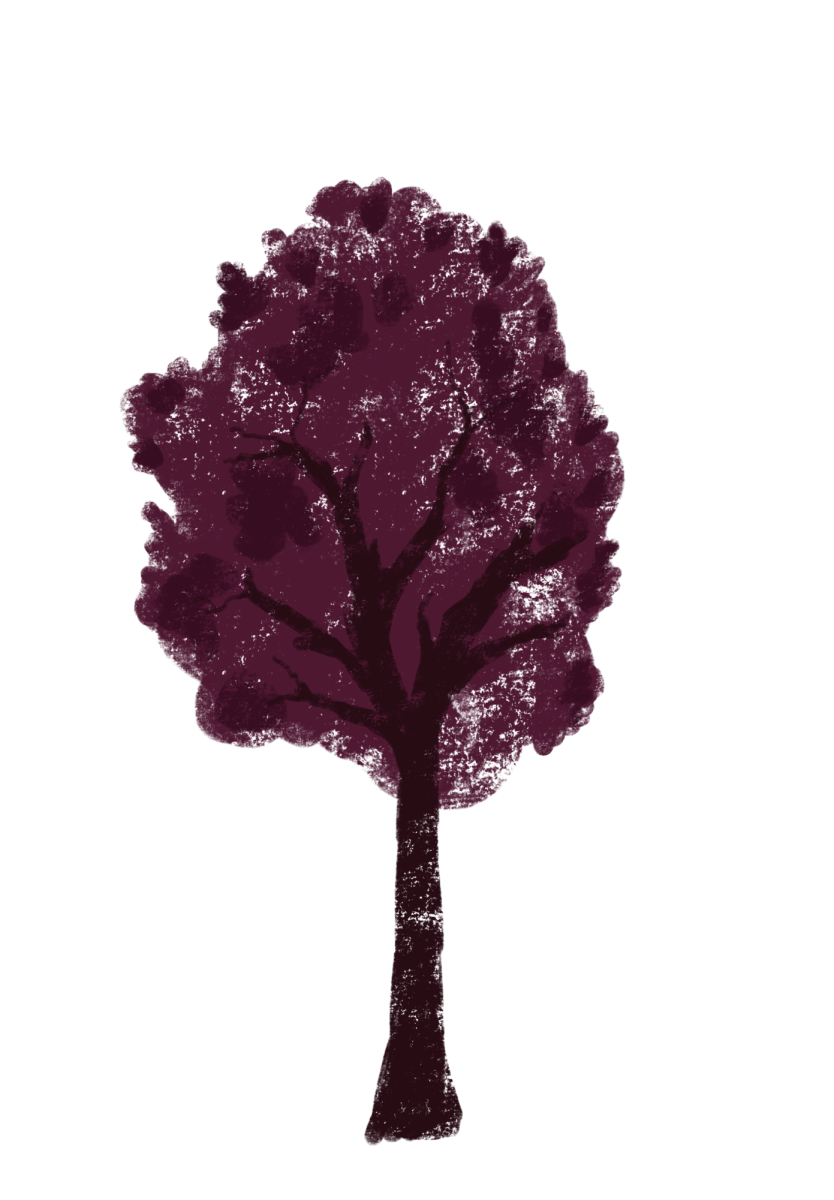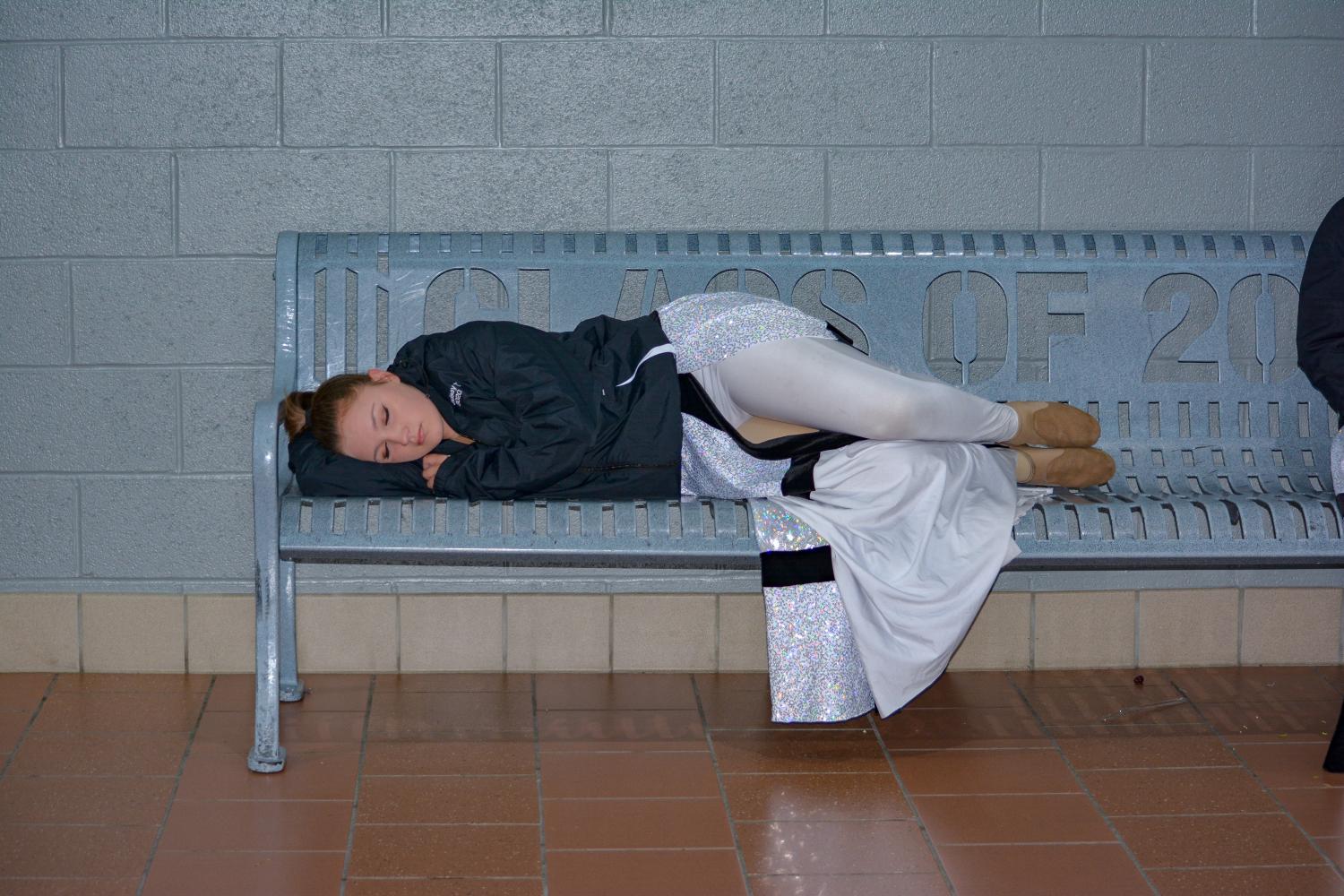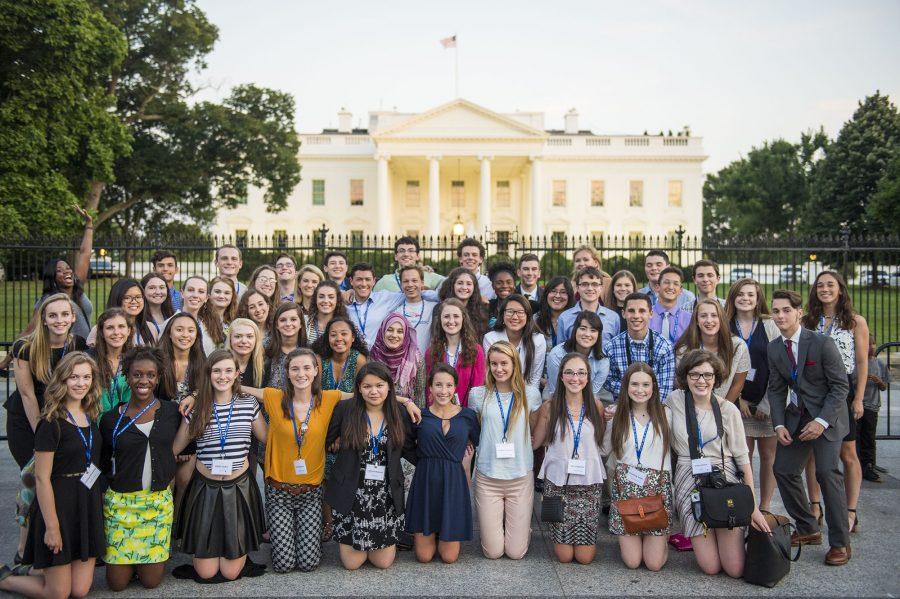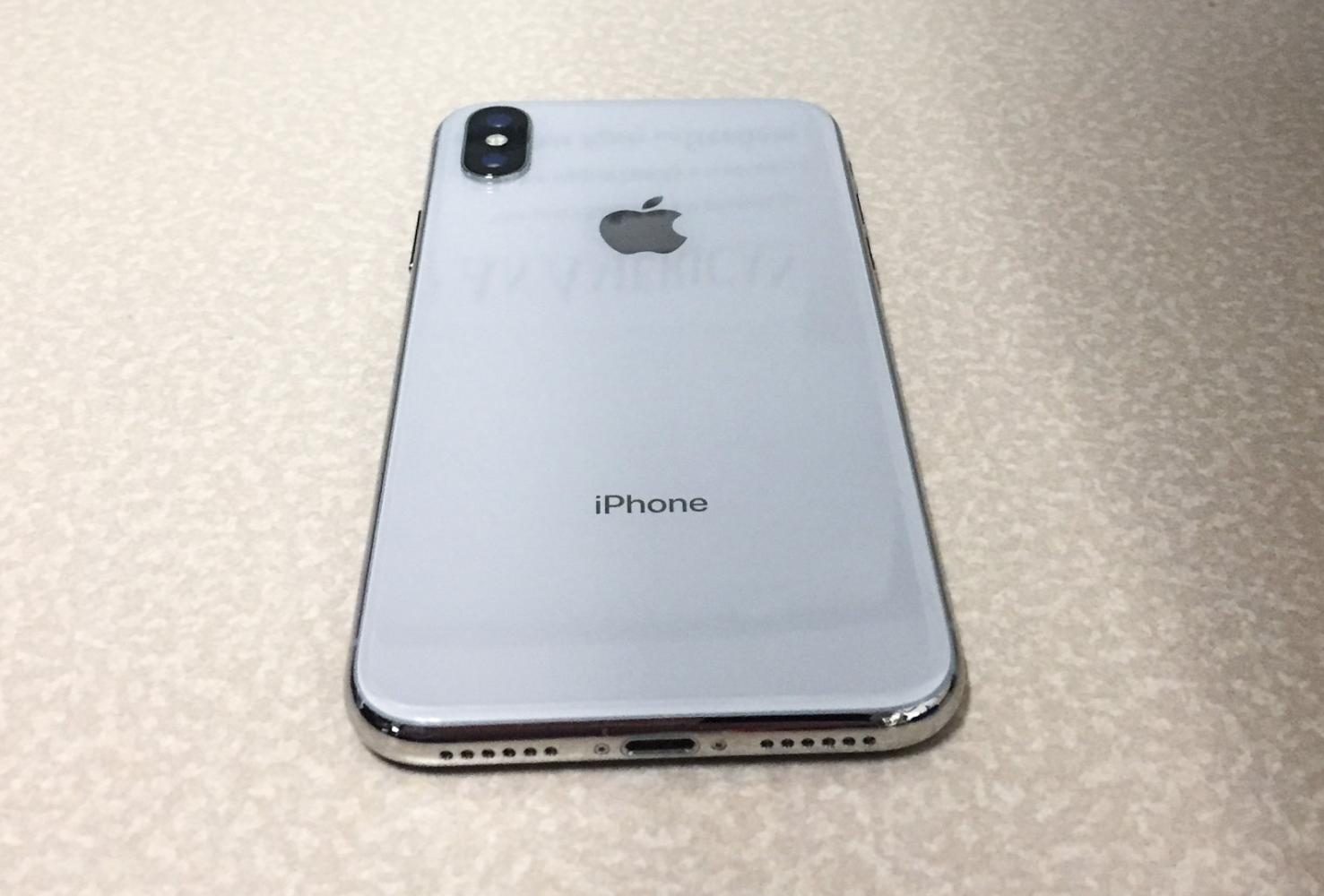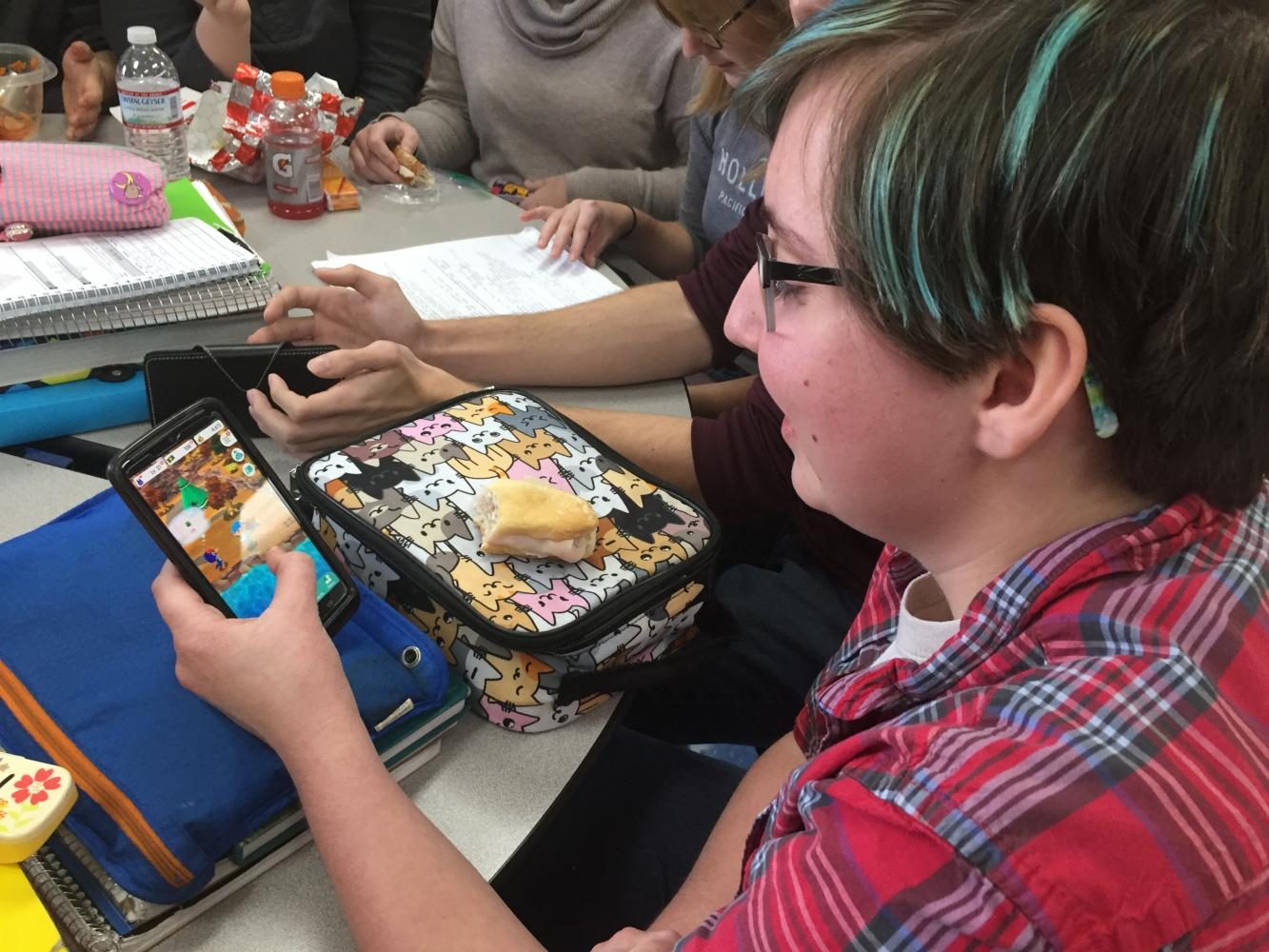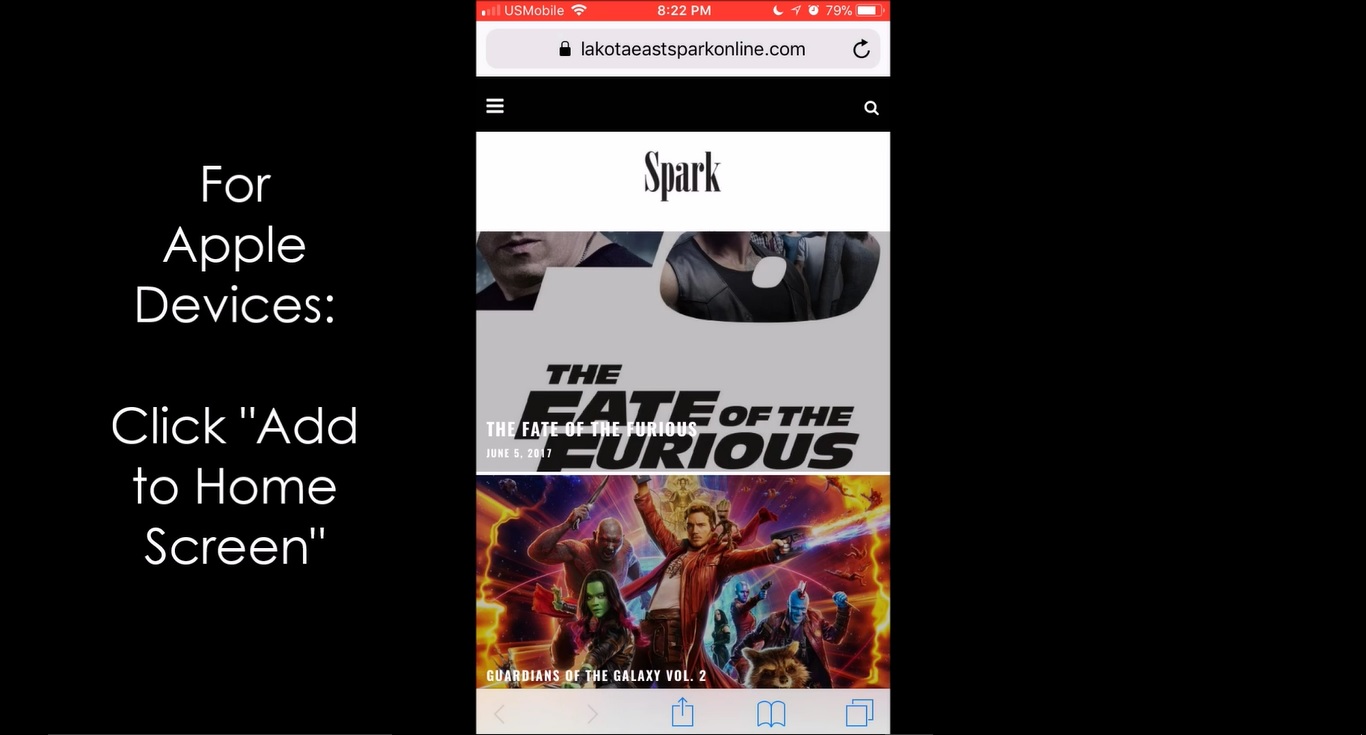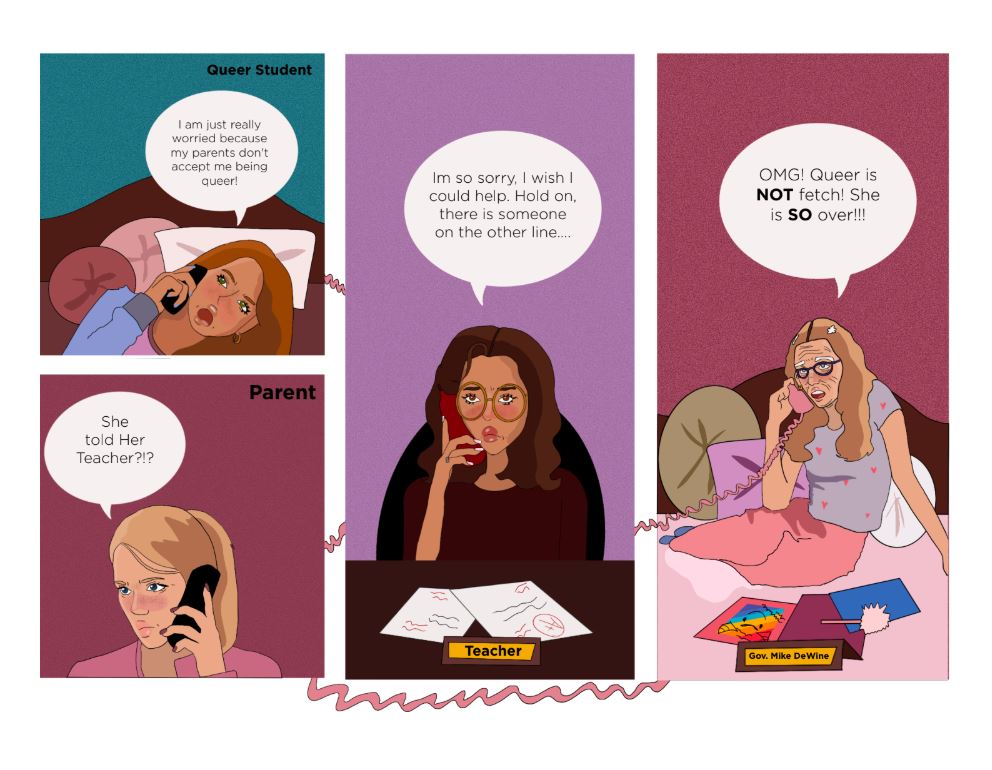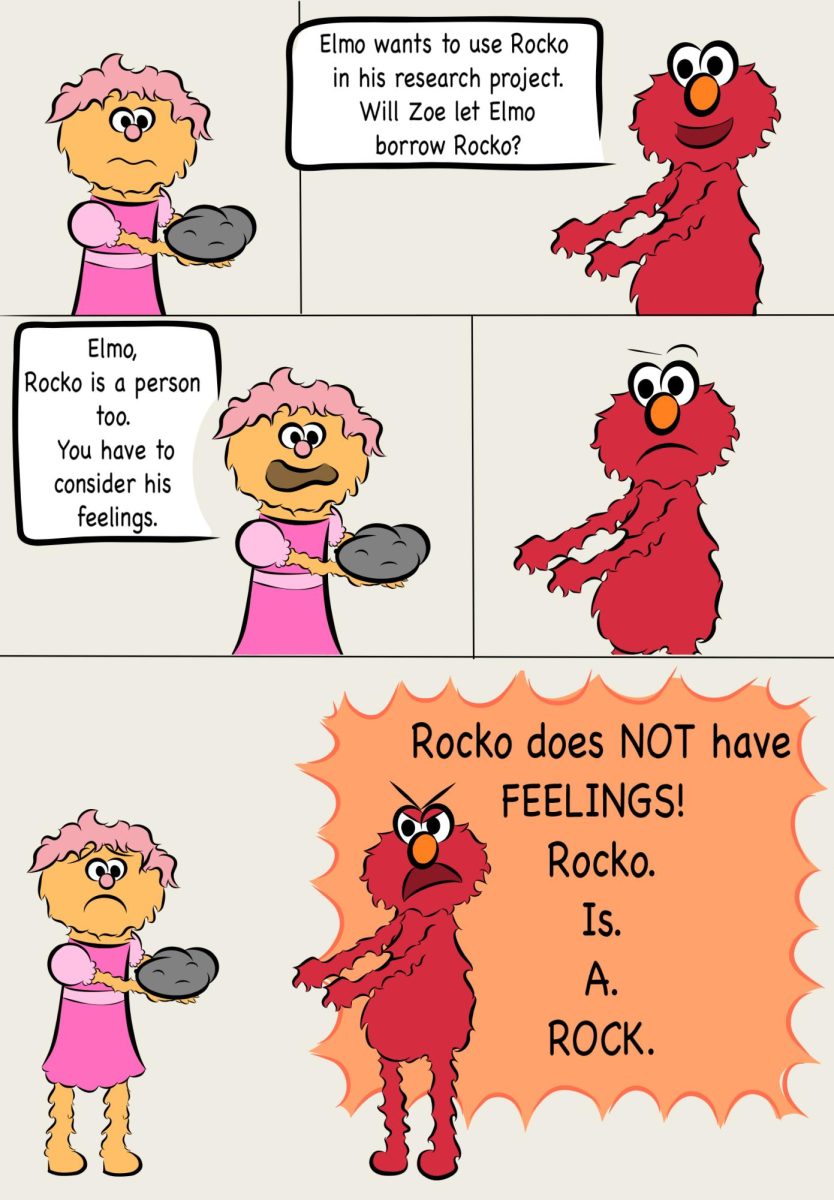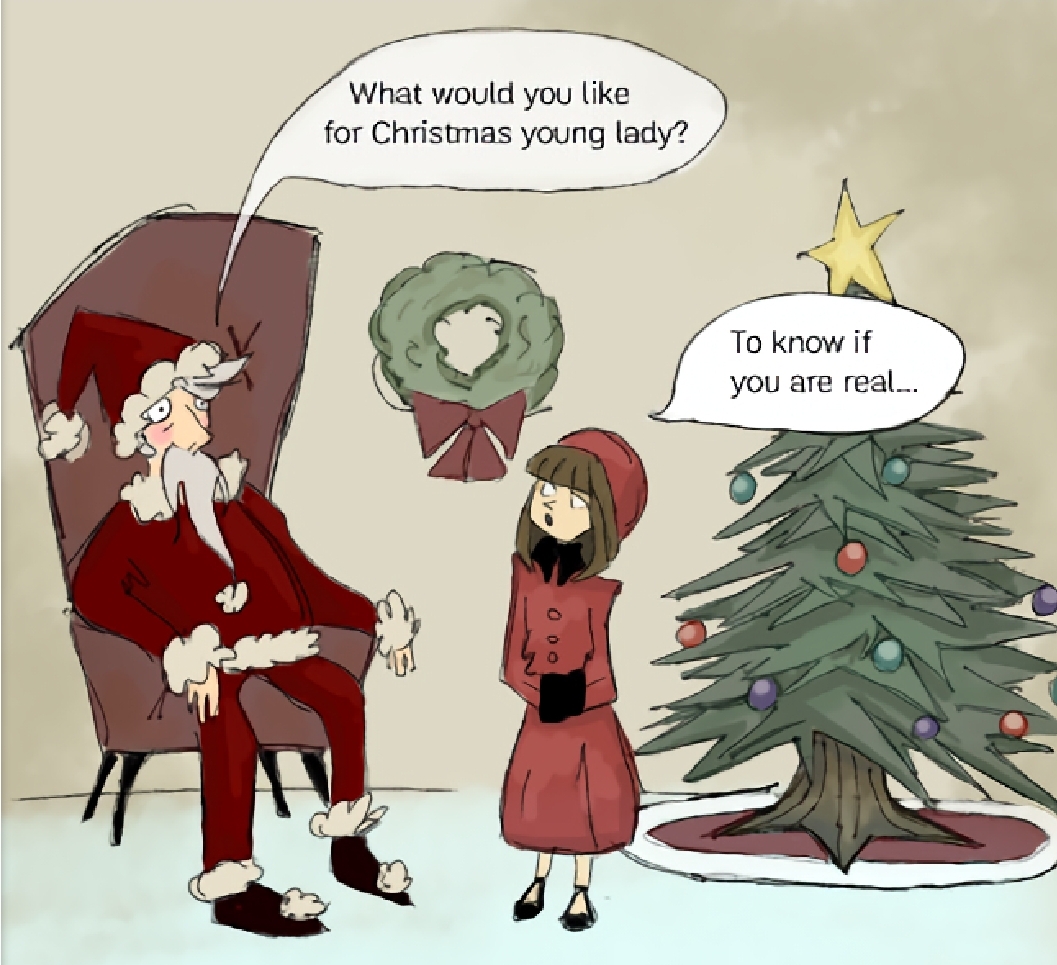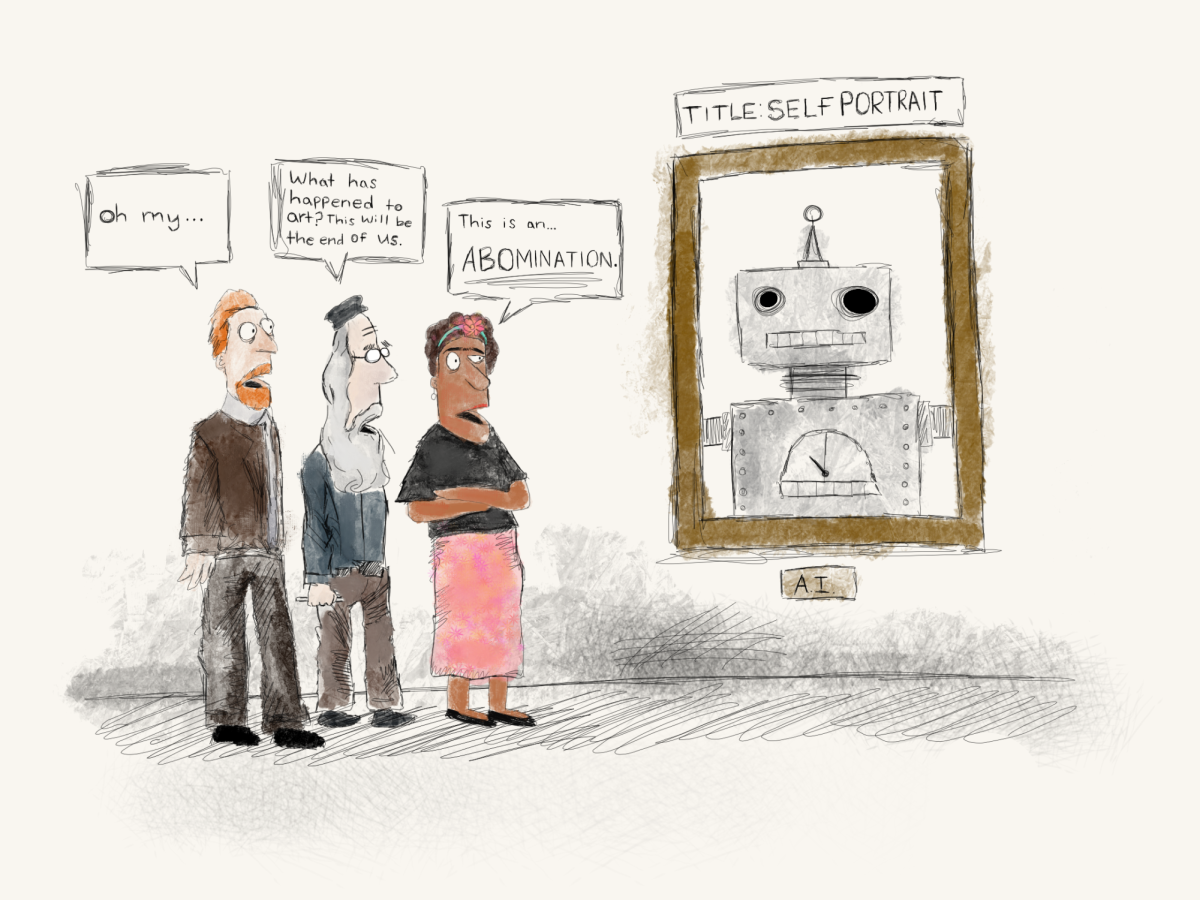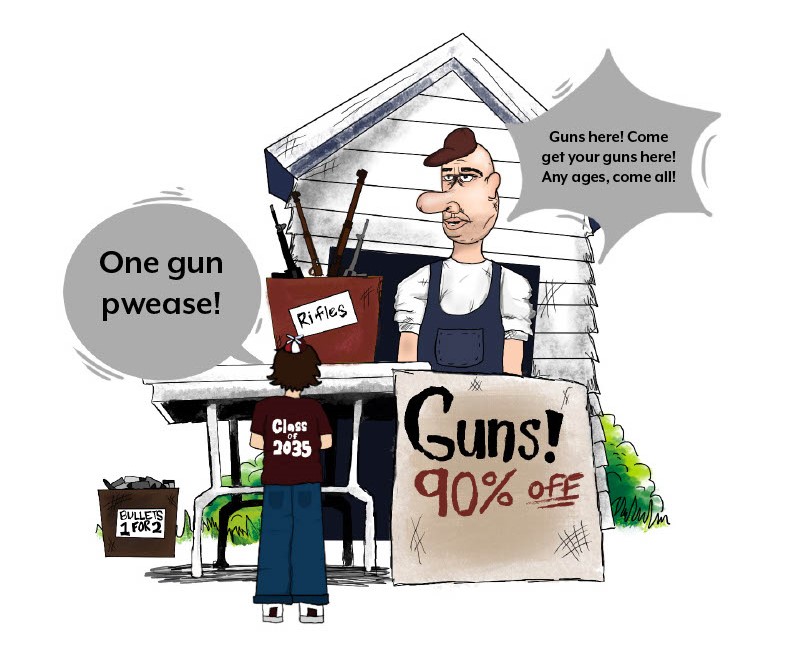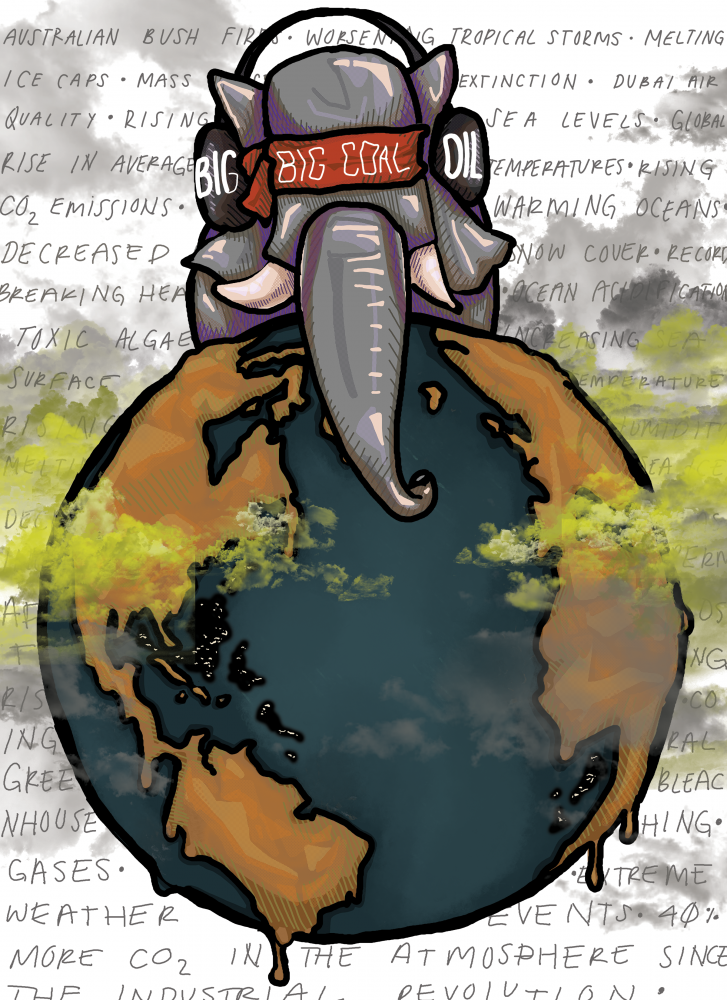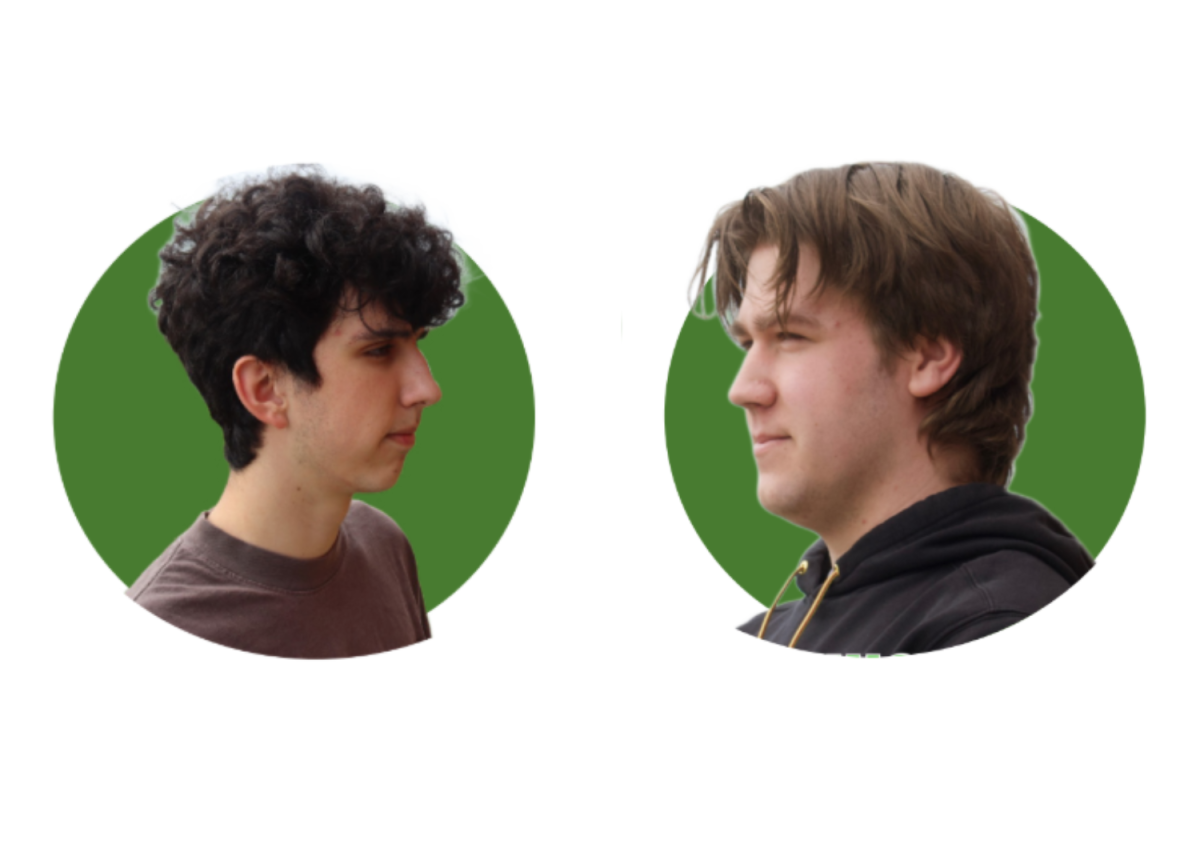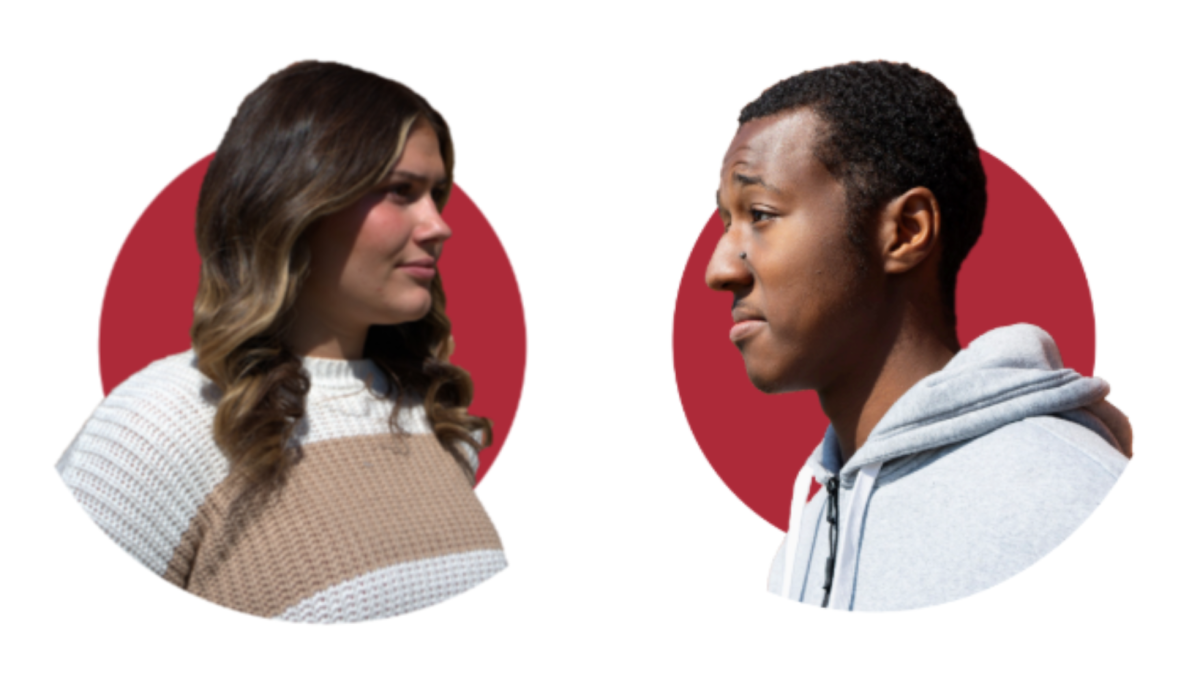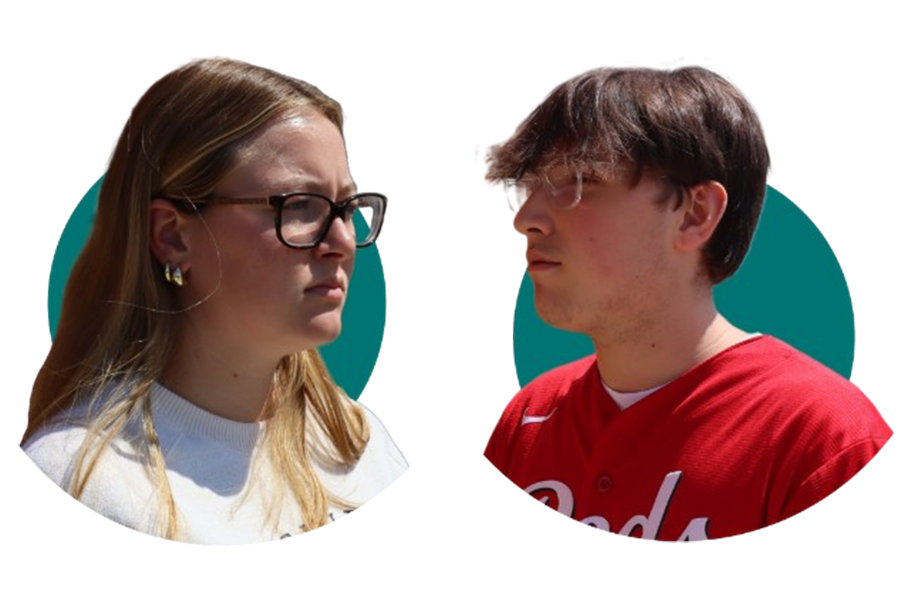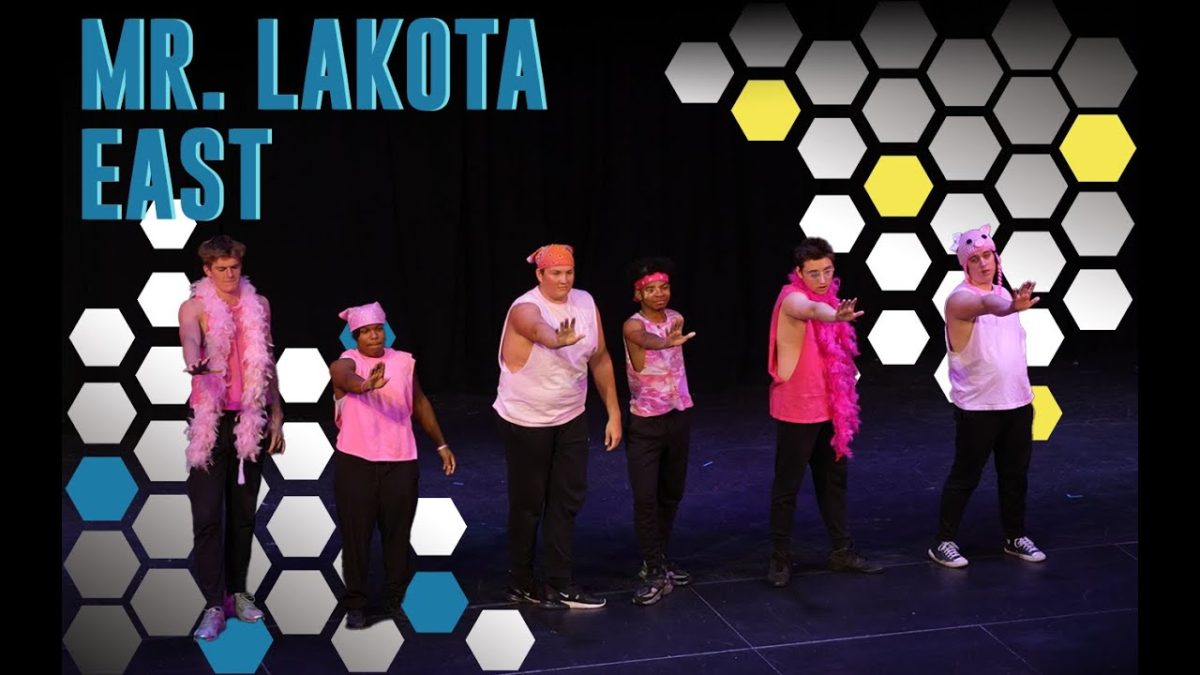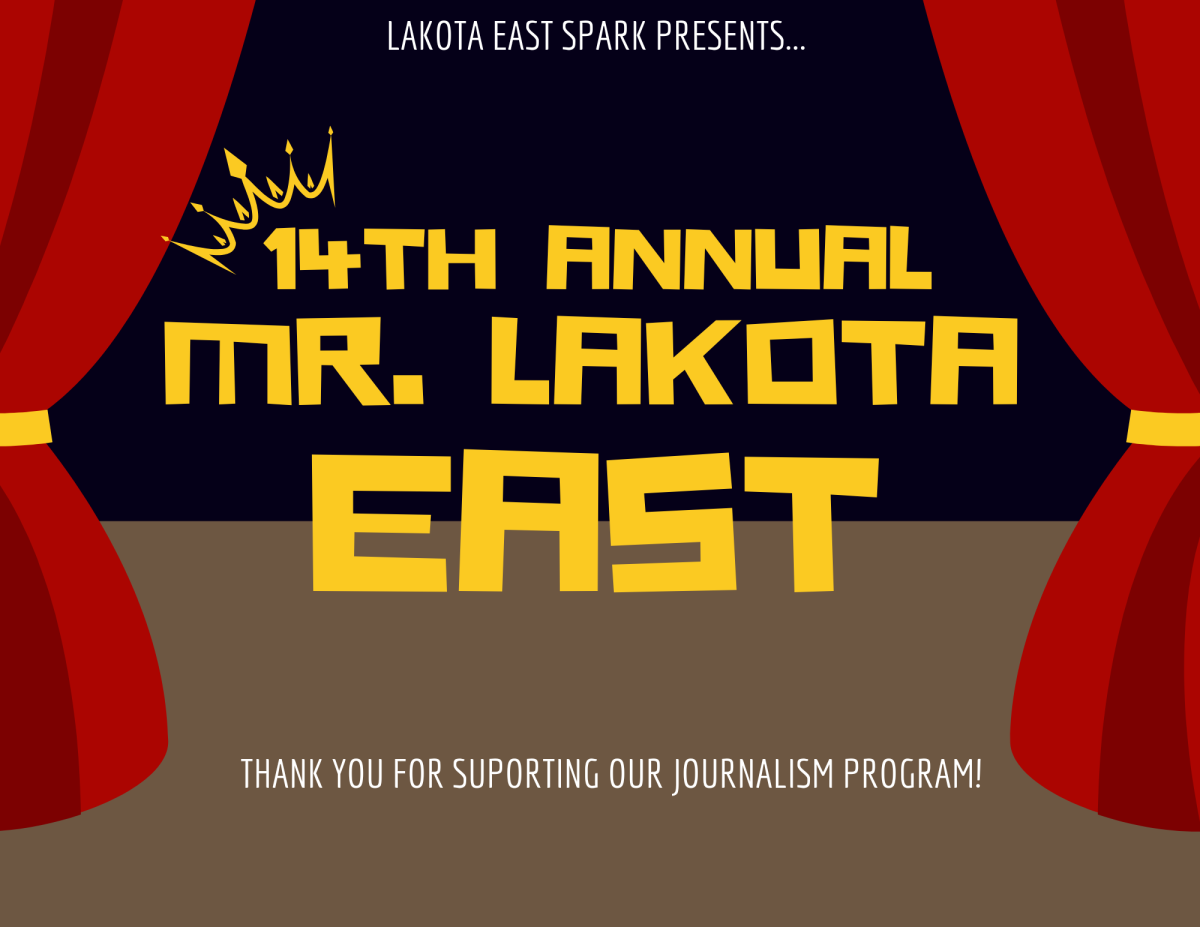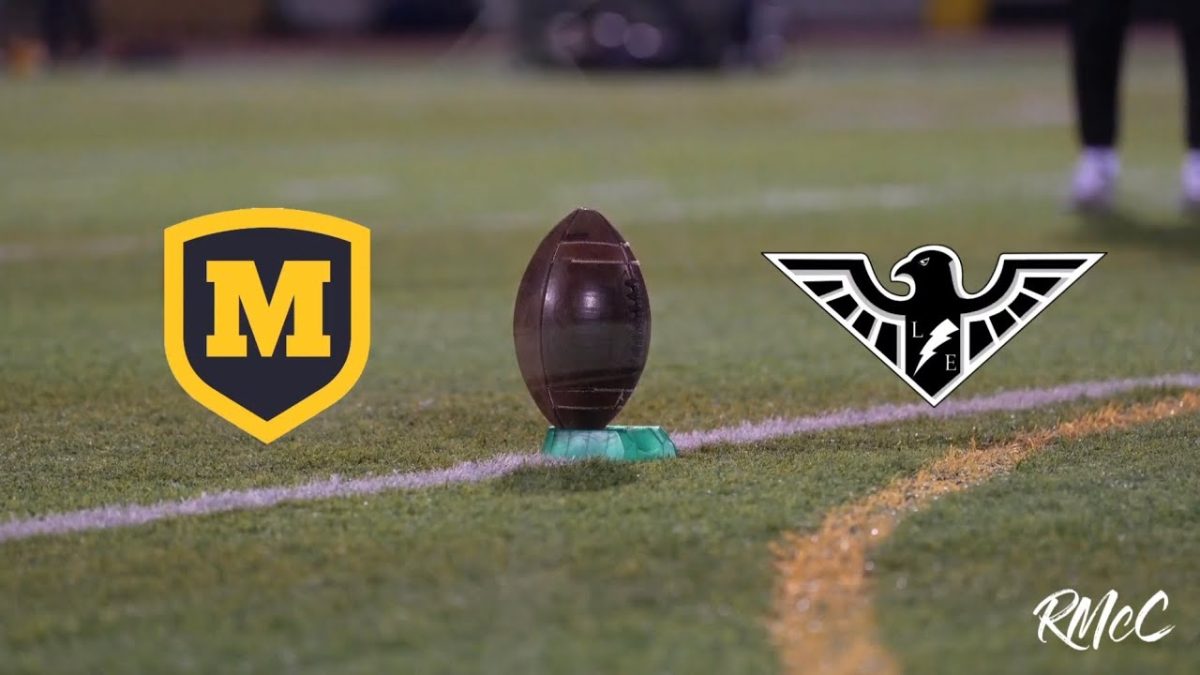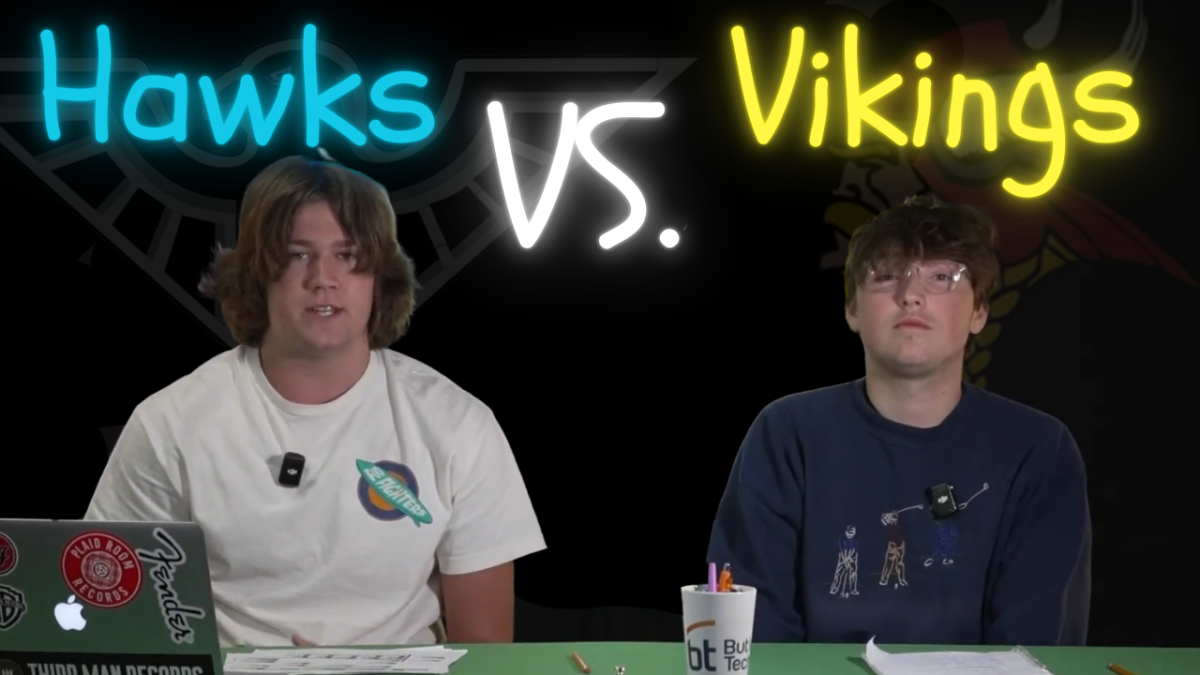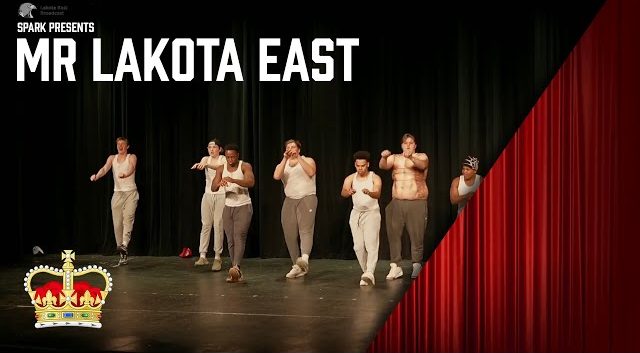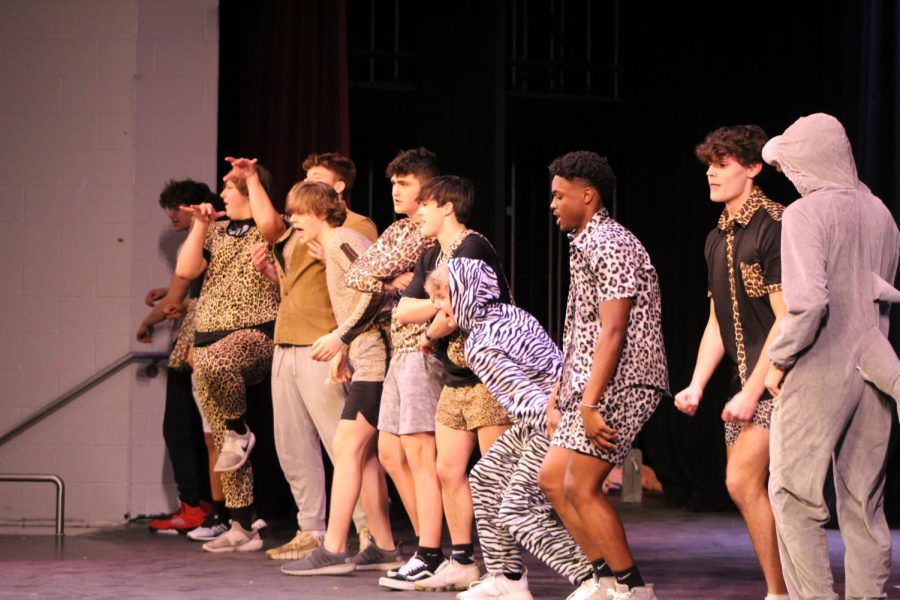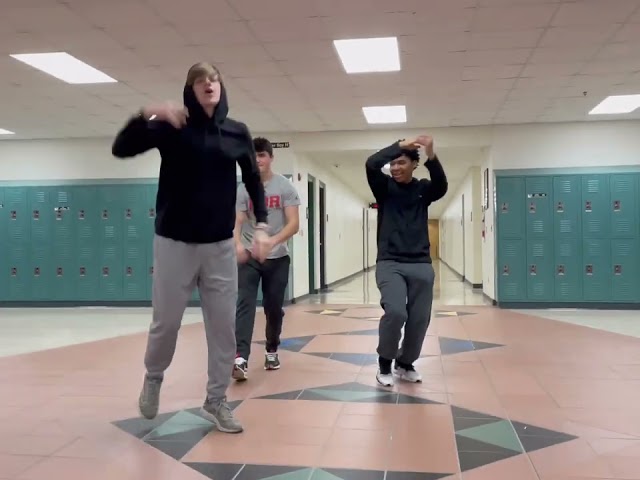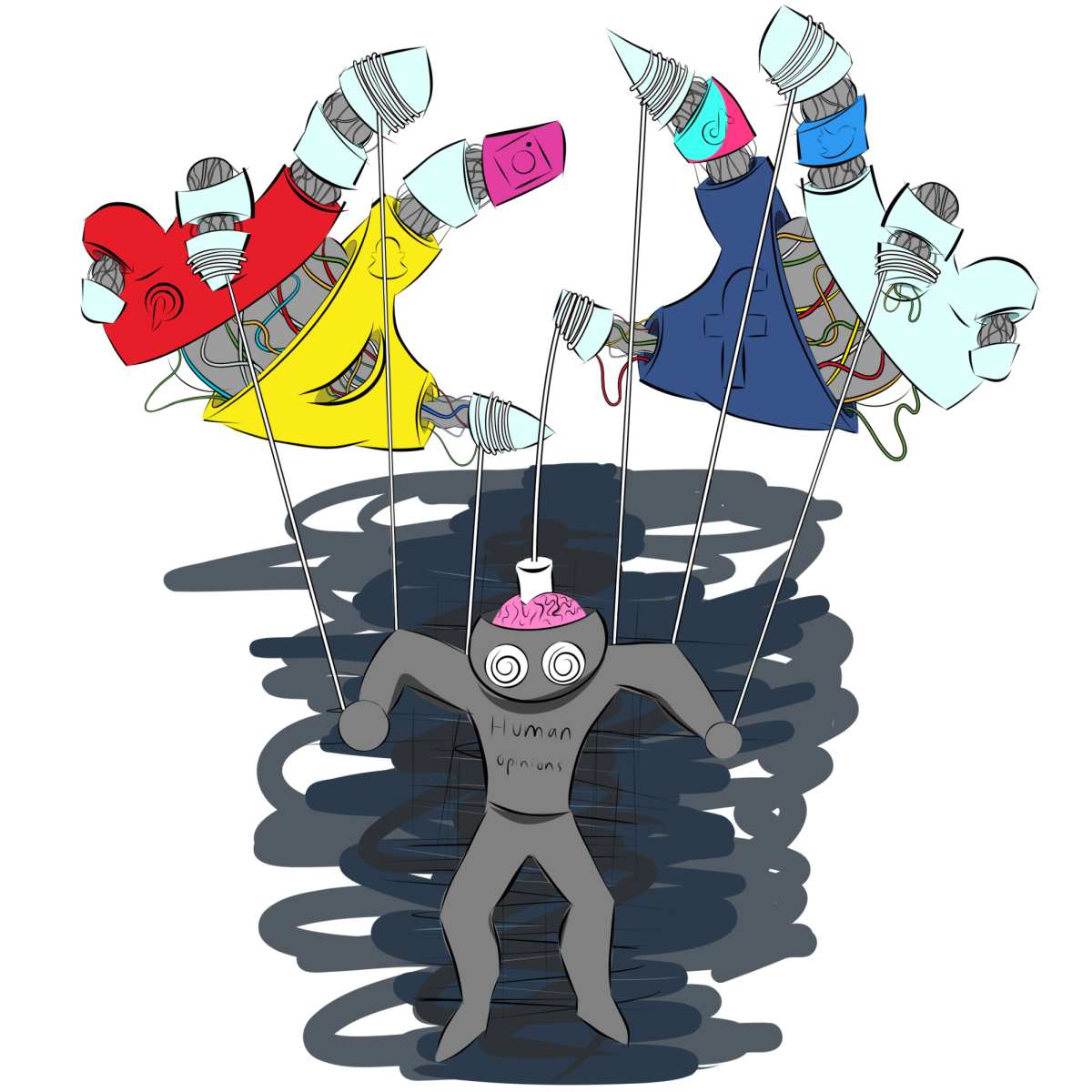On Jan. 19, 2025, around 10 p.m. Eastern Standard Time, TikTok was permanently banned in the United States… for roughly sixteen hours.
If someone opened up TikTok during the short ban, a box would pop up on their screen saying “Sorry, TikTok isn’t available right now… we are fortunate that President Trump has indicated that he will work with us on a solution to reinstate TikTok once he takes office.”
Since TikTok’s release in September 2016, the app has been downloaded almost five billion times as of January 2025. TikTok has been impactful to media culture, especially for American youth.
According to Pew Research, 59% of American adults under 30, 26% of those 50 ages to 64, and 10% of those 65 and older all say they use TikTok.
TikTok’s Chief Executive Officer Shou Zi Chew is Singaporean; however, TikTok is still owned by a Chinese internet technology company, ByteDance. There have been concerns among United States government officials that the Chinese government may potentially be able to access American users’ sensitive information and manipulate the content on users’ screens.
On Jan. 17, 2025, the Supreme Court of the United States upheld the Protecting Americans from Foreign Adversary Control Act. The Supreme Court determined the act will make it unlawful for any person or company in the United States to provide services, distribute, maintain, or update an app controlled by other countries.
The first time the government tried to ban TikTok was in 2020 under President Donald Trump’s order. In August 2020, President Trump issued an executive order that claimed the spread of Chinese-owned mobile apps was a threat to the national security, foreign policy, and economic state of the United States of America.
However, Trump currently seems to have had a change of heart. On President Trump’s first day back in office, he issued a 70-day extension on the TikTok ban.
A Public Relations (PR) stunt is an organized string of events to bring media attention to public officials such as celebrities, politicians, and more. President Trump has been involved in potential PR stunts before. While former Vice President Kamala Harris was running for president in 2024, she found herself in a scandal after being accused of lying about working at the popular fast food chain McDonald’s in high school.
President Trump’s response to this scandal was to go to a McDonald’s restaurant and serve people food in the drive-thru. There have been numerous rumors of this never actually happening and that the people in the drive-thrus were actually actors paid to praise President Trump.
Multiple influencers in media predicted this stunt would occur. Popular makeup and social media influencer James Charles had posted a video well before the TikTok ban went into effect. In this video he predicted that the TikTok ban would not be permanent and said it was “an elaborate PR move.”
Joel Thatcher, a Washington D.C. based tech lawyer and the president of the Digital Process Institute, called the TikTok ban likely “a deliberate PR stunt to encourage a manufactured sense of panic.”
There are a plethora of benefits President Trump has received in restoring TikTok. Trump’s approval ratings among the youth have increased expectedly when considering how widely used TikTok is among Americans ages 30 and under.
According to a poll done by WDTN, a local news station, 48% of youth approve of President Trump’s work in office.
In the Supreme Court ruling, TikTok, Inc. v. Garland, the Supreme Court never ordered TikTok to go black on Jan. 19, 2025. Rather they ordered for it to only be taken off of American app stores.
Chew and President Trump are now in public cahoots, with Chew being present at President Trump’s inauguration on January 20. Chew also posted a TikTok thanking Trump for his help protecting the app.
The app went dark for a couple of hours to make President Trump look like he is doing more to help TikTok than is possible in the short time he has been in office. It was a PR stunt to help President Trump gain support among America’s youth. It is important that society can distinguish the slight nuances between a president helping the public and a propagandist illusion.
